
Côtes du Rhône wines offer far more than everyday value. They tell a story of blending mastery, sun-soaked terroirs, and timeless tradition. With a history of winemaking that dates back to pre-Roman times, the ancient Romans played a pivotal role in establishing vineyards and winemaking in the region, laying the groundwork for what would become a renowned wine region in France.
These wines carry centuries of expertise in every bottle. The move of Pope Clement V to Avignon in 1309 further elevated the region's wine reputation, as he established papal vineyards and contributed to the development of the Côtes du Rhône and Châteauneuf-du-Pape namesake.
In this guide, we explore what makes these wines unique, from grape varieties and winemaking styles to regional differences and flavour profiles. You’ll also find tips on food pairing, serving, aging, and how to choose the right bottle — plus a look at the region’s growing focus on sustainability. The Côtes du Rhône stands as one of the most significant wine regions in France, celebrated for its diversity and influence among French wine regions.
Côtes du Rhône is the Swiss Army knife of wine — versatile, dependable, and surprisingly refined when used right. This isn’t your grandma’s single-varietal Chardonnay; it’s a masterclass in blending that puts even California’s “Rhône Rangers” to shame. Côtes du Rhône is a renowned French wine region celebrated for its distinctive red and white wines. Côtes du Rhône wine is renowned for its distinctive regional character, complexity, and exceptional food-friendly versatility.
At its heart, the Côtes du Rhône appellation is France’s second-largest wine appellation (after Bordeaux), stretching along the Rhône River from Vienne to Avignon, within the Rhone Valley. Spanning 200 km, this vast region offers incredible diversity in terroir and winemaking styles. But this isn’t just about geography — it’s about terroir democracy. Unlike Burgundy’s obsession with single vineyards, Côtes du Rhône embraces assemblage — wines are blended from up to 21 grape varieties to create harmonious and distinctive wines that are more than the sum of their parts.
The iconic GSM trio, Grenache Noir, Syrah, Mourvèdre, anchors most red blends within the Côtes du Rhône region:
These are the three grapes classic to the region, forming the foundation of its signature red blends. Grenache Noir, in particular, dominates many blends, providing ripe fruit flavours and a full-bodied character. Here, each grape brings a superpower and produces wine with a unique sense of place.
The vast majority of Côtes du Rhône’s production is dedicated to red wine, highlighting the dominance and importance of these blended red wines in the region.
The region’s quality pyramid works seamlessly:
Although red wines dominate, white Côtes du Rhône wines are a hidden treasure, accounting for just 7% of production. These whites, crafted from Grenache Blanc, Clairette, Marsanne, Roussanne, and Viognier, offer aromatic finesse and refreshing value. Together, these tiers produce approximately 3.3 million hectoliters annually, the equivalent of around 419 million bottles.
The secret to the irresistible charm of Côtes du Rhône wines lies in their diverse grape varieties. The backbone of most red blends is the iconic GSM trio:
Supporting grapes fine-tune the blend:
White blends are crafted from:
Rosé wines typically feature Grenache, Syrah, and Cinsault, producing lively, fruit-driven wines that are perfect for warm weather. In essence, Côtes du Rhône’s embrace of multiple grape varieties creates wines with balanced complexity and broad appeal.
Winemaking here is less “move fast and break things” and more “refine for 2,000 years.” It all starts with precise harvesting — timing determines whether you’re crafting a casual weekday red or a cellar-worthy bottle.
The Mistral wind plays a crucial role in vineyard health by reducing humidity, which lowers disease pressure and helps ensure healthy vines and optimal grape ripening.
For reds, the process is classic: destemming, crushing, and fermentation at 24–30°C. During this stage, extraction methods such as pump-overs, punch-downs, and rack-and-return pull colour, tannins, and aroma from the skins with choreographed precision. This isn’t Pinot Noir-style tenderness — this is calculated intensity.
Carbonic maceration is another tool, producing soft, fruity reds with that “bonbon anglais” flavour. Less tannic, more approachable — it’s the diplomat to Syrah’s power broker.
The true artistry comes in blending. Winemakers mix not just grape varieties but also vineyard parcels and aging techniques — combining wine from oak barrels, stainless steel tanks, and concrete vats. It’s not guesswork — it’s engineering. Some producers opt to bottle and label their own wine at their estate, affording them complete control over quality and branding.
In Côte-Rôtie, co-fermentation involves adding 5–10% Viognier to the Syrah. This boosts aromatics, stabilizes colour, and creates brilliant, expressive wines.
Inter-Rhône, the regional wine organization, supports research and promotes collaboration among winemakers to maintain the quality and regional identity of their wines.
Côtes du Rhône reds offer a vibrant sensory experience, bursting with ripe cherries, raspberries, and blackcurrants, along with a spicy mix of black pepper, licorice, and garrigue herbs. Grenache shines with candied red fruit and warm alcohol notes, Syrah adds deep blueberry, plum, and smoky “bacon fat” aromas, while Mourvèdre provides earthy tannins and dark chocolate complexity, making these wines age-worthy.
Supporting grapes like Carignan add colour and weight, and Cinsault brings freshness and juicy red fruit, creating wines that evolve beautifully in the glass. These aromatic blends strike a balance between expressiveness and complexity.
White Côtes du Rhône wines are equally compelling: Grenache Blanc offers body and roundness, Marsanne brings honeyed texture, Roussanne adds floral brightness and acidity, and Viognier delivers fragrant stone fruit notes.
Tannins range from supple in entry-level wines to firm in Villages and Crus, with finish length reflecting quality. Alcohol levels vary from 11% to 15.5%, higher in the Southern Rhône due to abundant sun.
Extremely food-friendly, these wines pair effortlessly with grilled meats, lamb, stews, and sausages. Grenache’s fruitiness complements barbecue, Syrah’s spice enhances peppery dishes, and Mourvèdre’s structure balances rich cuts.
For adventurous pairings, try Mexican dishes like pulled pork quesadillas or vegetarian fare such as chilli sin carne and eggplant moussaka. White Rhône wines excel with seafood, citrus dishes, and Mediterranean mezze.
Cheese lovers should explore Roquefort, Crottin de Chavignol, and aged Beaufort, which amplify the wines’ fruit and complexity. Even fusion dishes like Chinese fried rice harmonize surprisingly well, blending soy and scallion flavours with Rhône’s spice and fruit.
The Rhône Valley is like two countries under one name — and understanding that split is key.
The Mistral wind, sweeping from the Massif Central, acts like nature’s air conditioning — cooling vineyards, reducing disease, and concentrating flavour. The strong, dry wind also impacts the vines by strengthening their growth, reducing excess moisture, and helping to prevent rot, which is crucial for healthy grape development. With over 2,700 hours of sunshine annually, grapes ripen beautifully while remaining healthy.
Soils vary wildly — granite and schist up north, sandy steep slopes and limestone soils in the south. The galets absorb heat during the day and release it at night, lengthening the ripening process and enhancing flavour. Different soil types result in varying wine styles; galets create powerful wines, while sandy soils yield lighter, fruitier options, and limestone influences elegance. The diversity of les vignes across these varied soils highlights the importance of specific vineyard areas in shaping the character and authenticity of Rhône wines.
Altitude matters too. Higher vineyards bring elegance and structure; lower vineyards deliver power and concentration. Each zone contributes a unique voice to the blend.
If you want to understand the soul of Côtes du Rhône wines, look up to the sun and out across the rolling hillsides. The region enjoys an impressive 2,800 hours of sunshine each year, particularly in its southern stretches. This abundance of sunlight is a key ingredient, ripening grapes to perfection and infusing the wines with their signature ripe fruit flavours and Mediterranean warmth.
But it’s not just about heat. The vineyards of the Côtes du Rhône region are planted at altitudes ranging from 100 to 400 meters above sea level. This variation in elevation creates a patchwork of microclimates, where hot summers are balanced by cool nights and cold winters. The result? Grapes that retain their freshness and aromatic intensity, even as they soak up the sun.
This unique interplay of sunshine and altitude shapes the terroir of the region, giving Côtes du Rhône wines their vibrant character, lively acidity, and unmistakable sense of place. Whether you’re sipping a red, white, or rosé, you’re tasting the landscape — sun-drenched days, brisk nights, and the enduring spirit of the Rhône.
Step up from the everyday and you’ll find the Côtes du Rhône Villages—a badge of honour for wines produced in select southern Rhône villages. This appellation sits above the basic Côtes du Rhône on the quality ladder, reserved for wines that meet stricter standards and showcase the unique character of their home villages.
The Côtes du Rhône Villages appellation is all about place. Only certain villages in the southern Rhône Valley are eligible for this designation, and each brings its own unique twist to the classic blend of Grenache, Syrah, and Mourvèdre. These wines are known for their richer, fuller-bodied style, with deeper flavours, more structure, and a complexity that sets them apart from the crowd.
Expect layers of ripe fruit, spice, and earthy undertones—wines that reflect both the sun-drenched terroir and the careful craftsmanship of their makers. For wine lovers seeking a step up in quality and a true taste of the region, Côtes du Rhône Villages delivers the goods.
While the Southern Rhône may steal the spotlight with its volume and variety, the Northern Rhône is where you’ll find some of the world’s most revered wines. This smaller, more specialized region is a haven for Syrah, the only red grape permitted here, and the results are nothing short of legendary.
The Northern Rhône is home to prestigious appellations such as Côte-Rôtie, Hermitage, and Cornas, where Syrah reaches its peak, producing wines of remarkable depth, elegance, and age-worthiness. These reds are known for their intense aromatics, peppery spice, and savoury, sometimes smoky, complexity — a true expression of the region’s cool, dry climate and steep, granite-rich slopes.
But the Northern Rhône isn’t just about red wine. It also boasts celebrated white wine appellations such as Condrieu and Château-Grillet, where Viognier reigns supreme. These whites are lush, aromatic, and full-bodied, with floral notes and stone fruit flavours that set them apart from their southern cousins.
In the Northern Rhône, every bottle is a testament to the power of terroir, the mastery of Syrah, and the enduring allure of Rhône Valley wines.
Serving Côtes du Rhône properly can make or break the experience — and most people get it wrong.
Red wines should be served at 14–17°C (57–63°F). Forget the outdated “room temperature” rule — today’s rooms are too warm. Just refrigerate your bottle for 20 minutes before pouring. This preserves freshness and balance.
White and rosé wines are best served at 10–13°C (50–55°F). Too cold and you mute the aromatics; too warm and you lose that crisp, refreshing snap.
Storage should be maintained at approximately 13°C (55°F) in a cool, dark location with minimal temperature fluctuations. Most Côtes du Rhône wines are meant for near-term enjoyment. Basic AOC wines are best within 1–3 years. Village-level can age for 3–7 years. Crus? 10–20+ years of reward for the patient collector.
Need to chill fast? Use an ice bucket with water and salt. For emergencies, the freezer works; just don’t forget it's there.
Decanting helps younger red wines open up and smooth out their tannins. Give Village-level wines 30–60 minutes. Basic bottles can be poured and enjoyed immediately. Whites rarely need it — unless you’re working with an older or reduced expression.
This is the ultimate Mediterranean face-off. French complexity meets Italian soul in a contest for your weeknight table.
Both are medium-bodied reds with food-friendly acidity, cherry-dominant fruit, and blending traditions. The Rhône features Grenache, Syrah, and Mourvèdre; Chianti relies on Sangiovese, with support from Canaiolo or Colorino.
But their personalities differ. Rhône wines are warmer, spicier, and fuller, thanks to the southern sun and rich blends. Chianti brings brighter acidity, earthy notes, and a touch of Tuscan minerality. It’s power vs. finesse, fruit vs. earth, Mediterranean warmth vs. hilltop elegance.
Aging potential also varies. Basic Rhône wines peak young (2–3 years), while Chianti Classico and Riserva can age for over a decade — evolving into leathery, tobacco-laced gems.
On the plate, Côtes du Rhône pairs well with grilled meats, spiced vegetables, and herb-driven dishes. Chianti pairs well with tomato sauces, pecorino, and rustic Italian fare. Rhône handles spice better; Chianti nails acidity-driven dishes.
Both offer value, but in different ways. Rhône wines offer immediate pleasure and predictability. Chianti rewards patience and tradition. Choose Rhône for your Tuesday night barbecue. Choose Chianti for Sunday lasagna with Nonna.
Côtes du Rhône leads in genuine sustainability, driven by necessity rather than marketing. Younger winemakers are championing organic and eco-friendly practices to secure the region’s future.
This comprehensive approach ensures Côtes du Rhône remains resilient and vibrant amid climate challenges.
Côtes du Rhône is wine democracy in action: honest, complex, and completely unpretentious. In a world of overpriced bottles and marketing hype, these wines are refreshingly grounded. You’re not buying a label or a legend. You’re buying real pleasure and regional character.
Where else can you tap into 2,000 years of winemaking wisdom, diverse terroir, and master-level blending — all for the price of a craft cocktail? This isn’t settling. It’s savouring more value for less money.
As other regions struggle with climate change, Rhône’s natural assets — Mediterranean climate, wind-cooled vineyards, drought-resistant grapes — offer built-in resilience. Combine that with leading sustainability efforts, and you’ve got a region ready for the future.
Market trends are catching up. Consumers want authenticity, drinkability, sustainability, and value — Côtes du Rhône delivers all four. While other regions chase collector scores and Instagram buzz, Rhône wines deliver joy.
The real magic? The blend. Côtes du Rhône shows us that complexity doesn’t come from a single voice — it comes from harmony. Different grapes, sites, and methods come together to form something better than any could do alone. It’s collaboration over competition.
You don’t need a PhD in wine to enjoy it. You just need curiosity, a glass, and maybe a grilled lamb chop. These wines aren’t complicated — they’re comforting, characterful, and completely satisfying.
Drink it. Share it. Celebrate it. The Romans figured this out 2,000 years ago. Now it’s your turn.

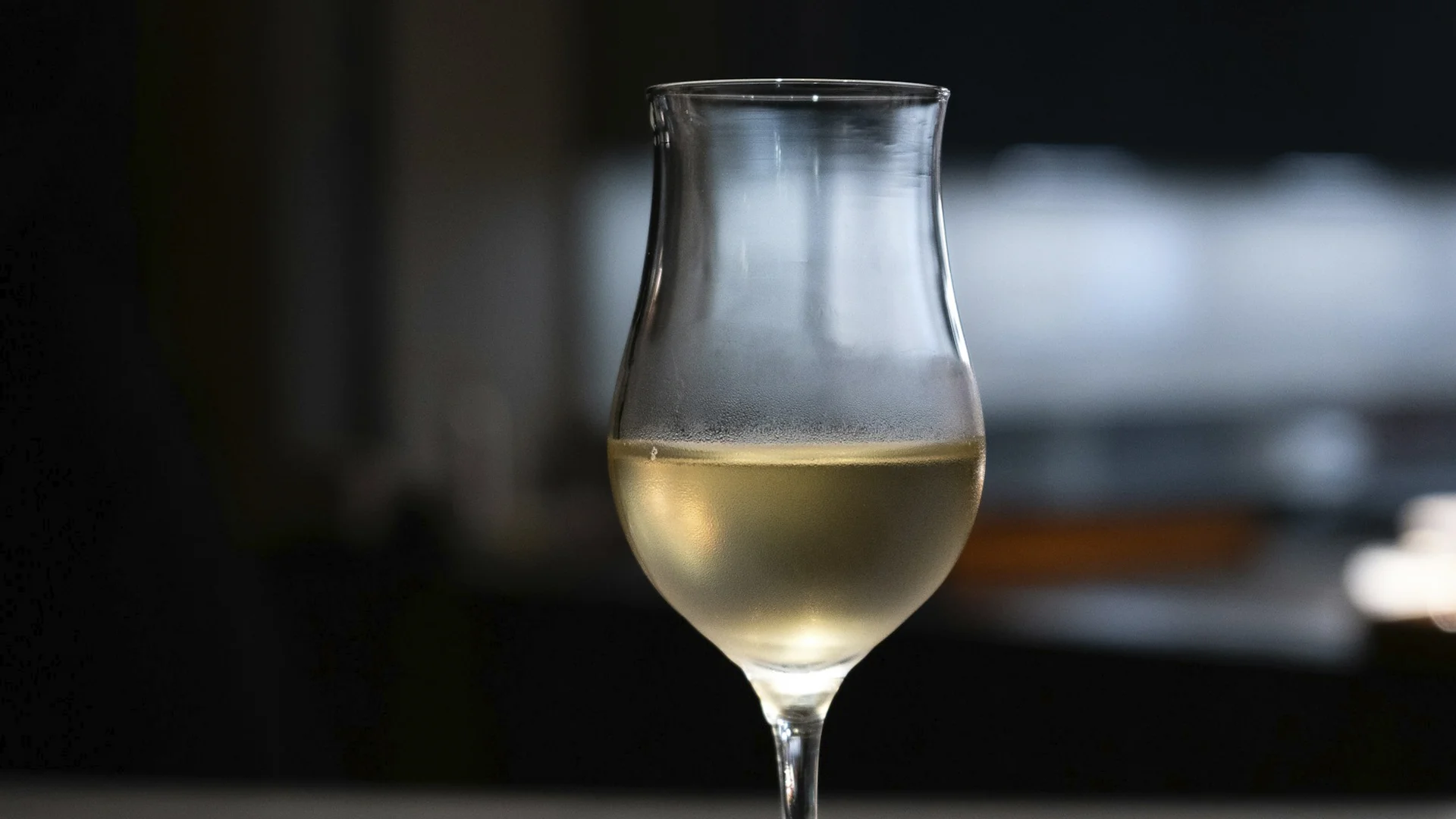
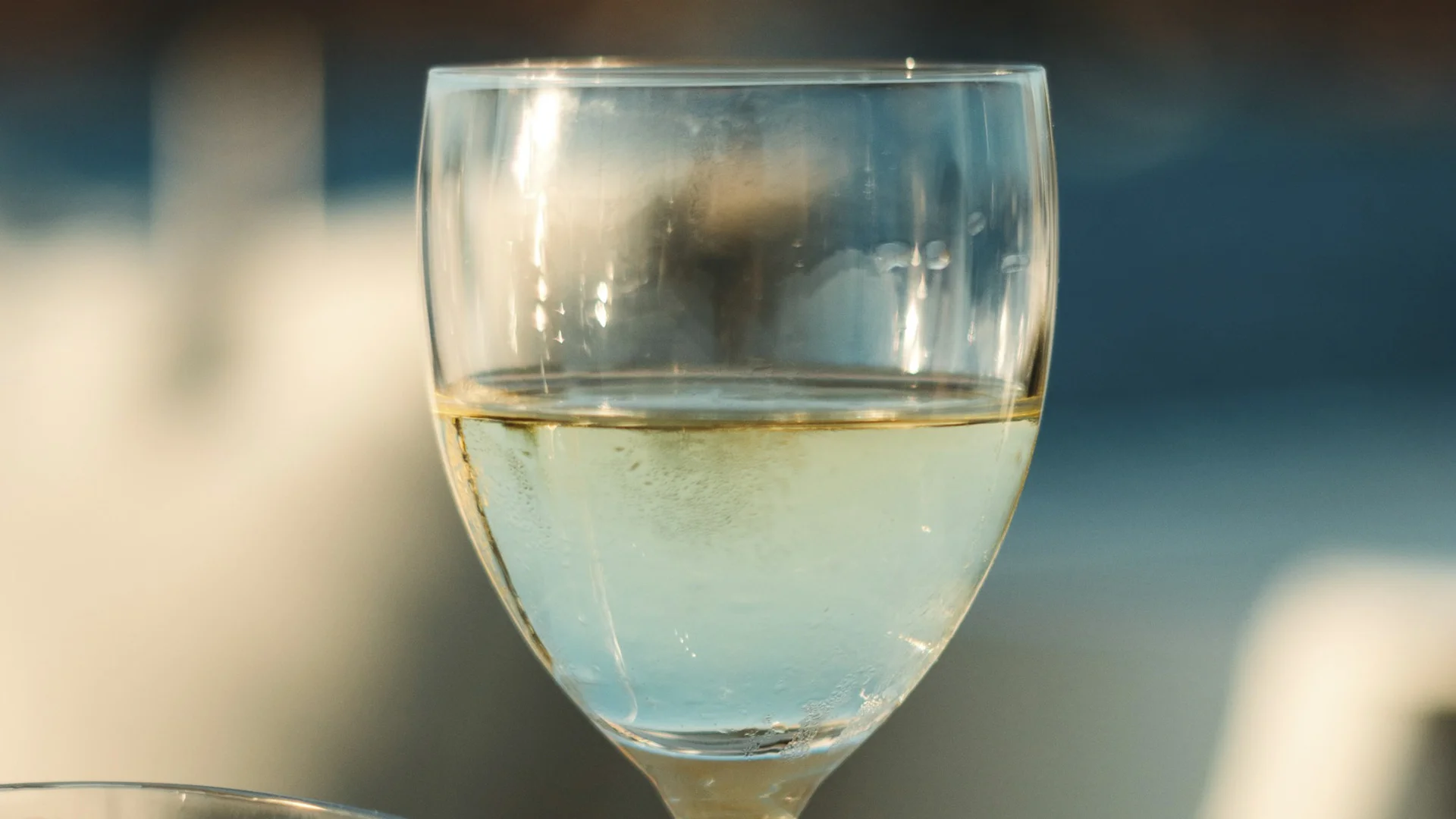
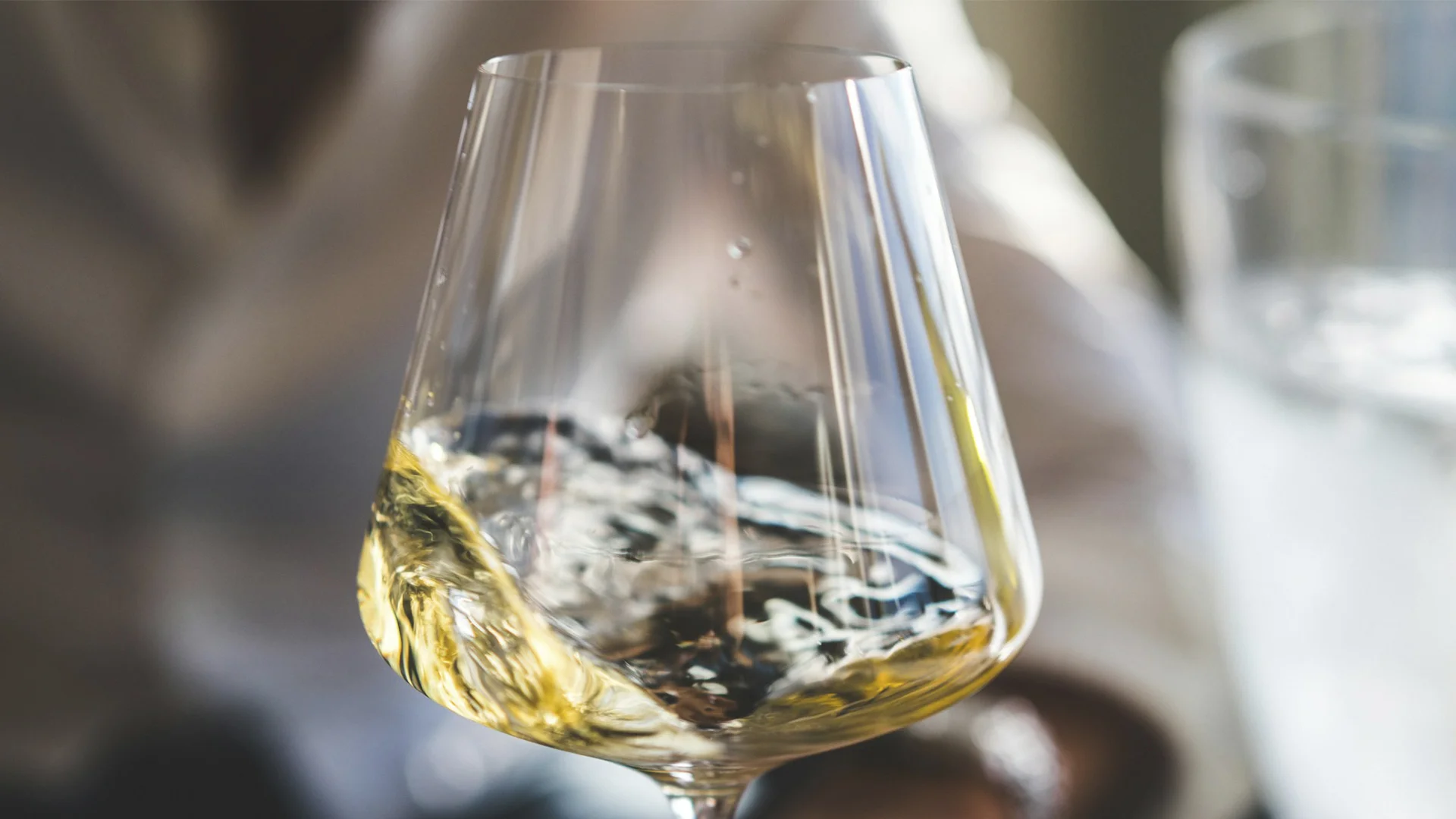
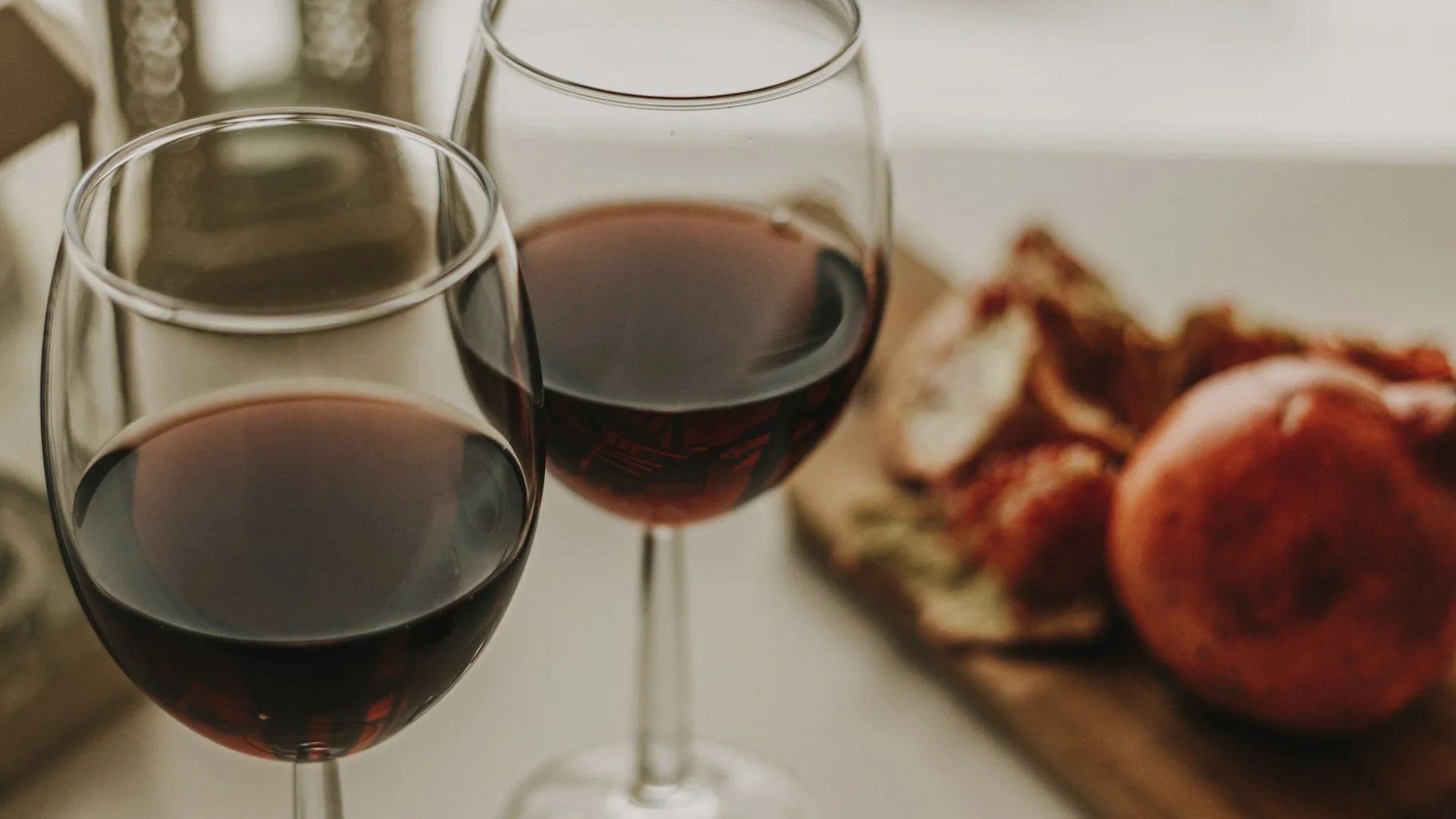
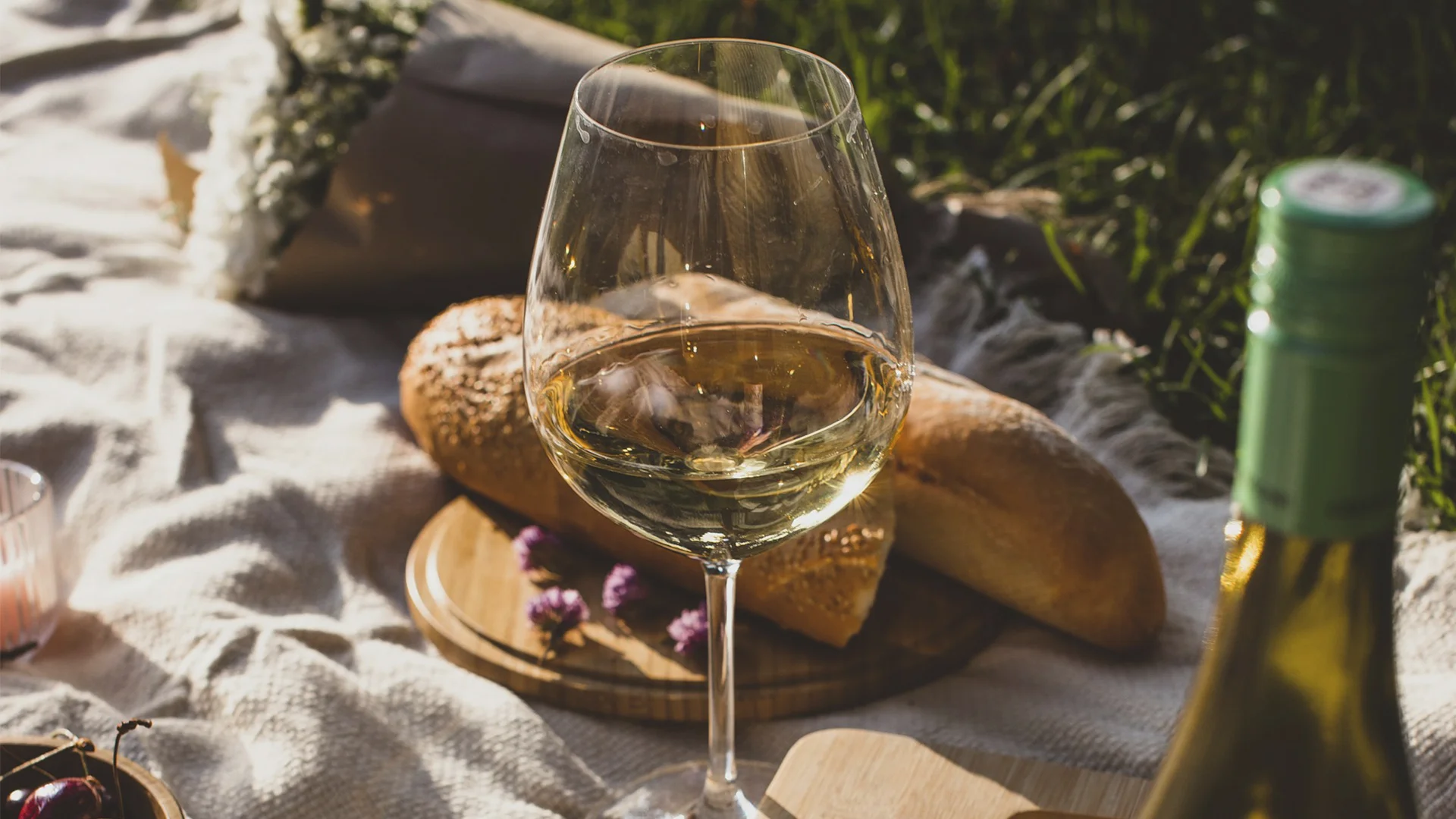
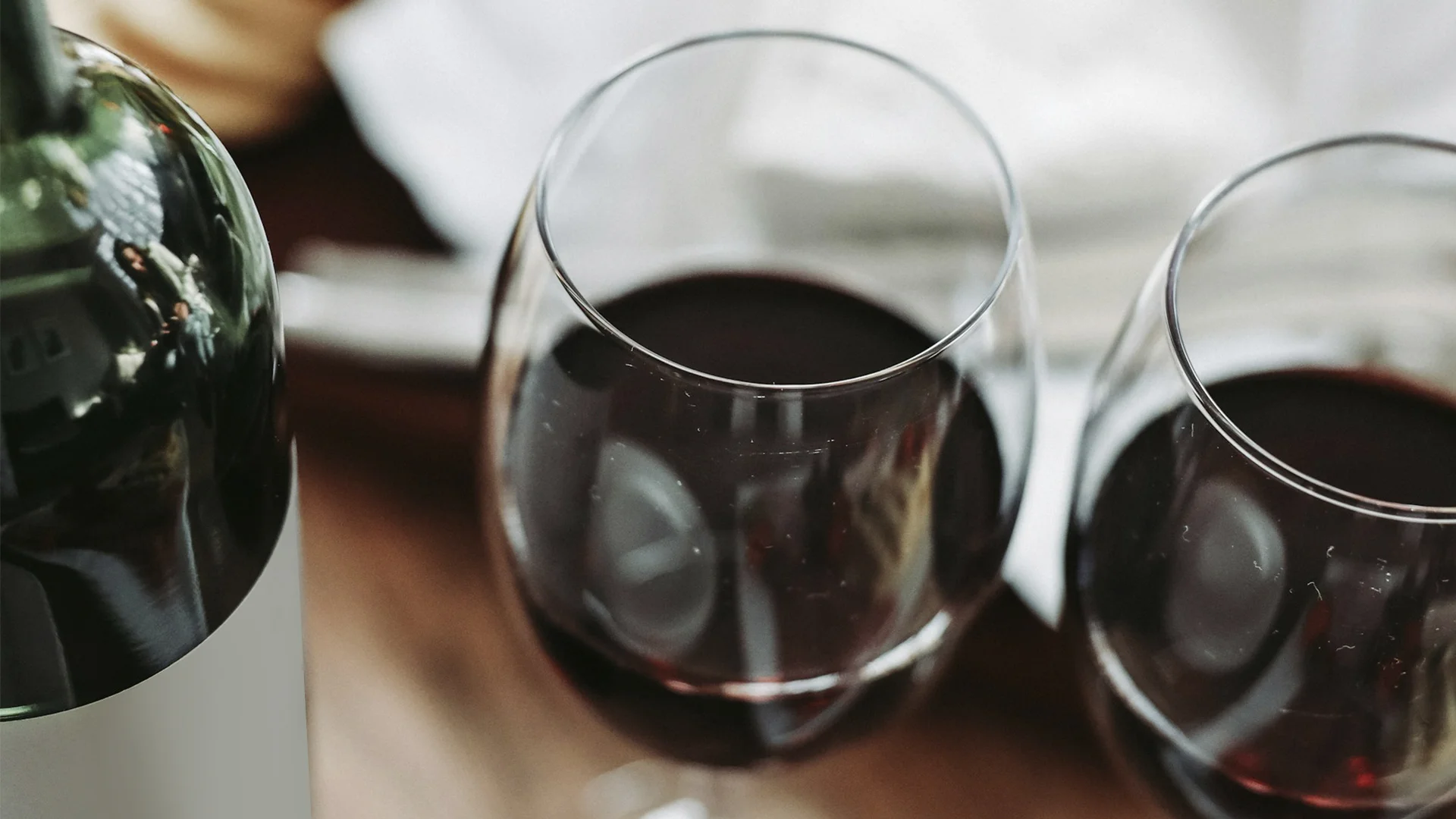
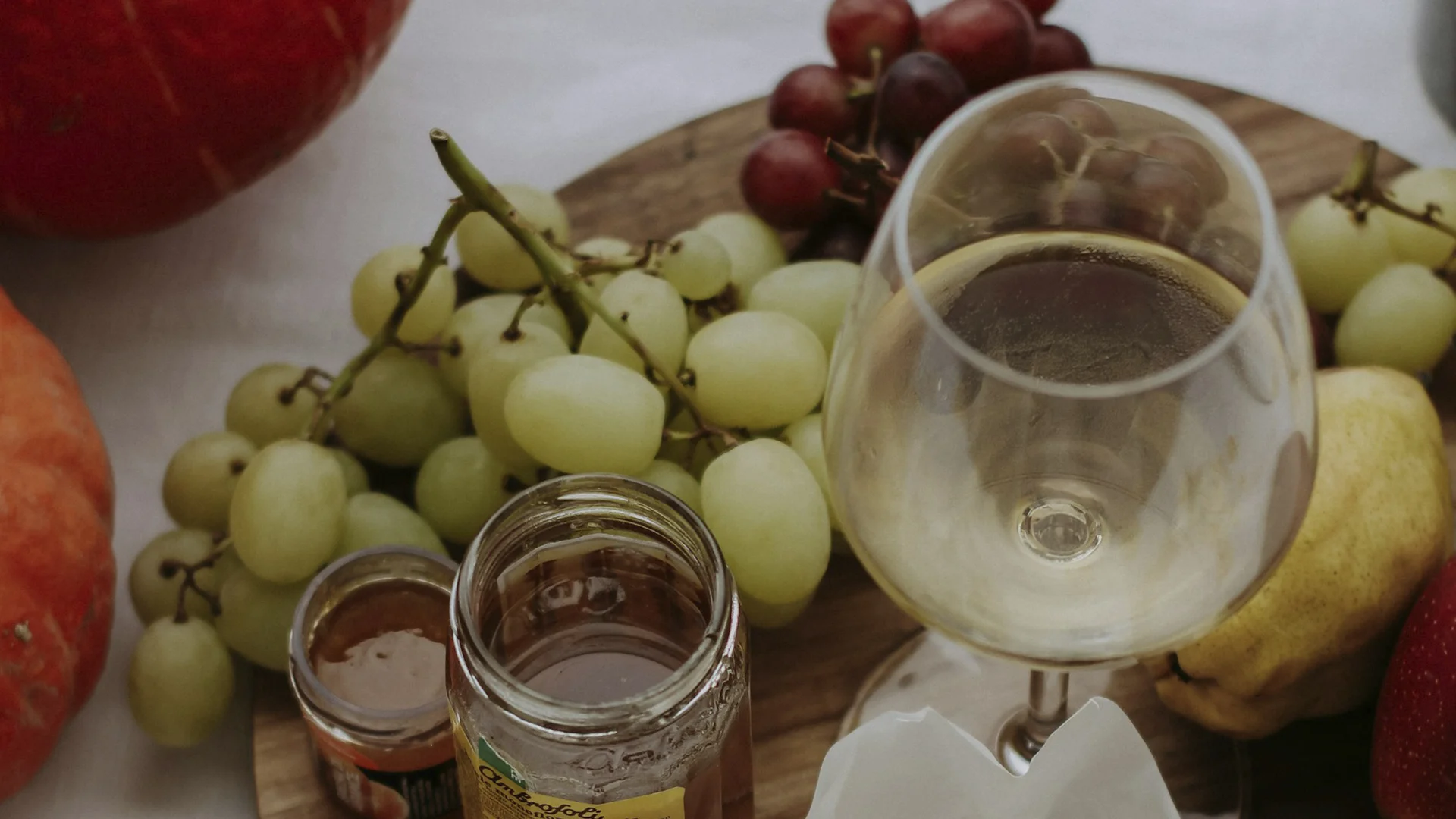
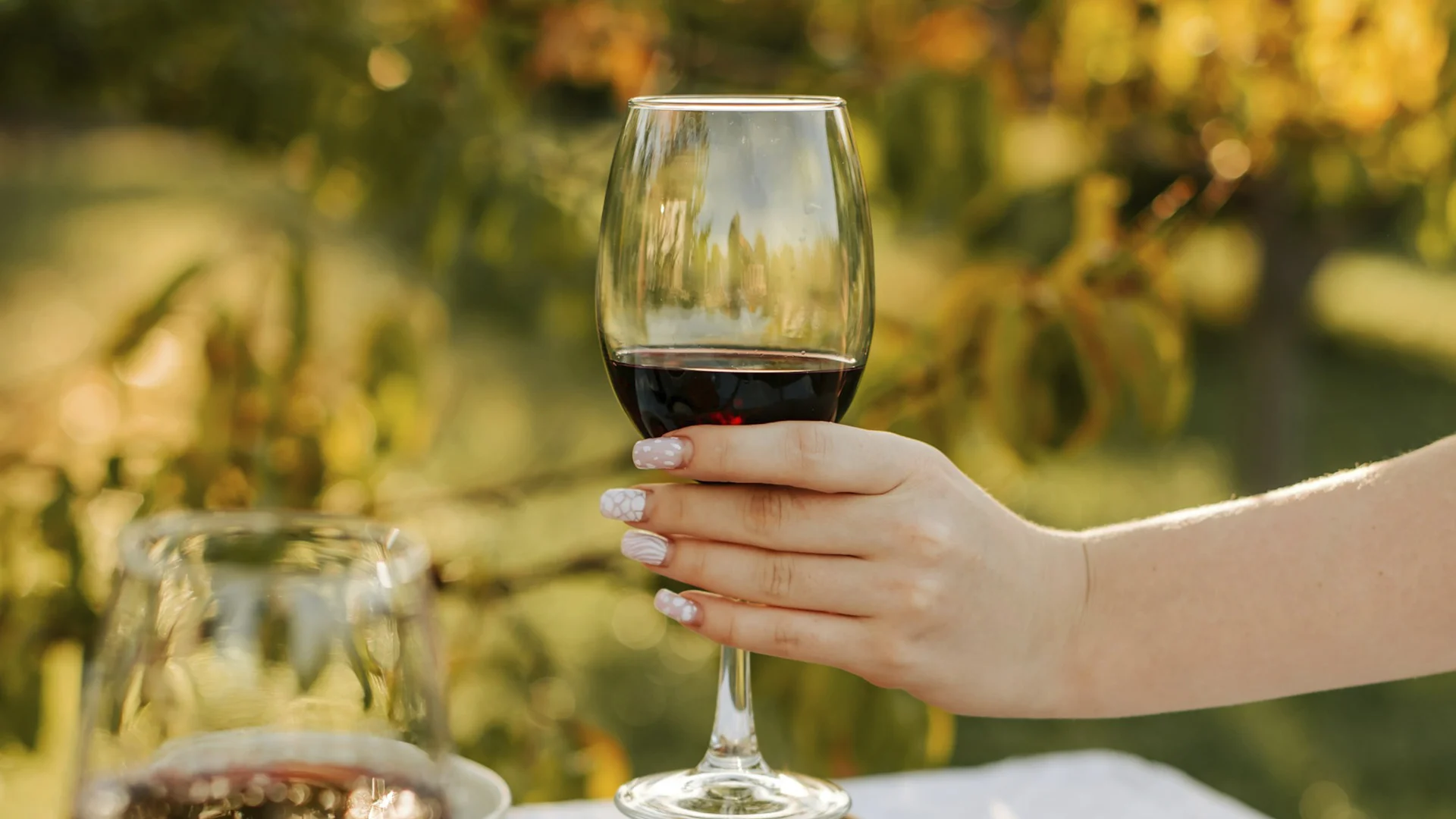
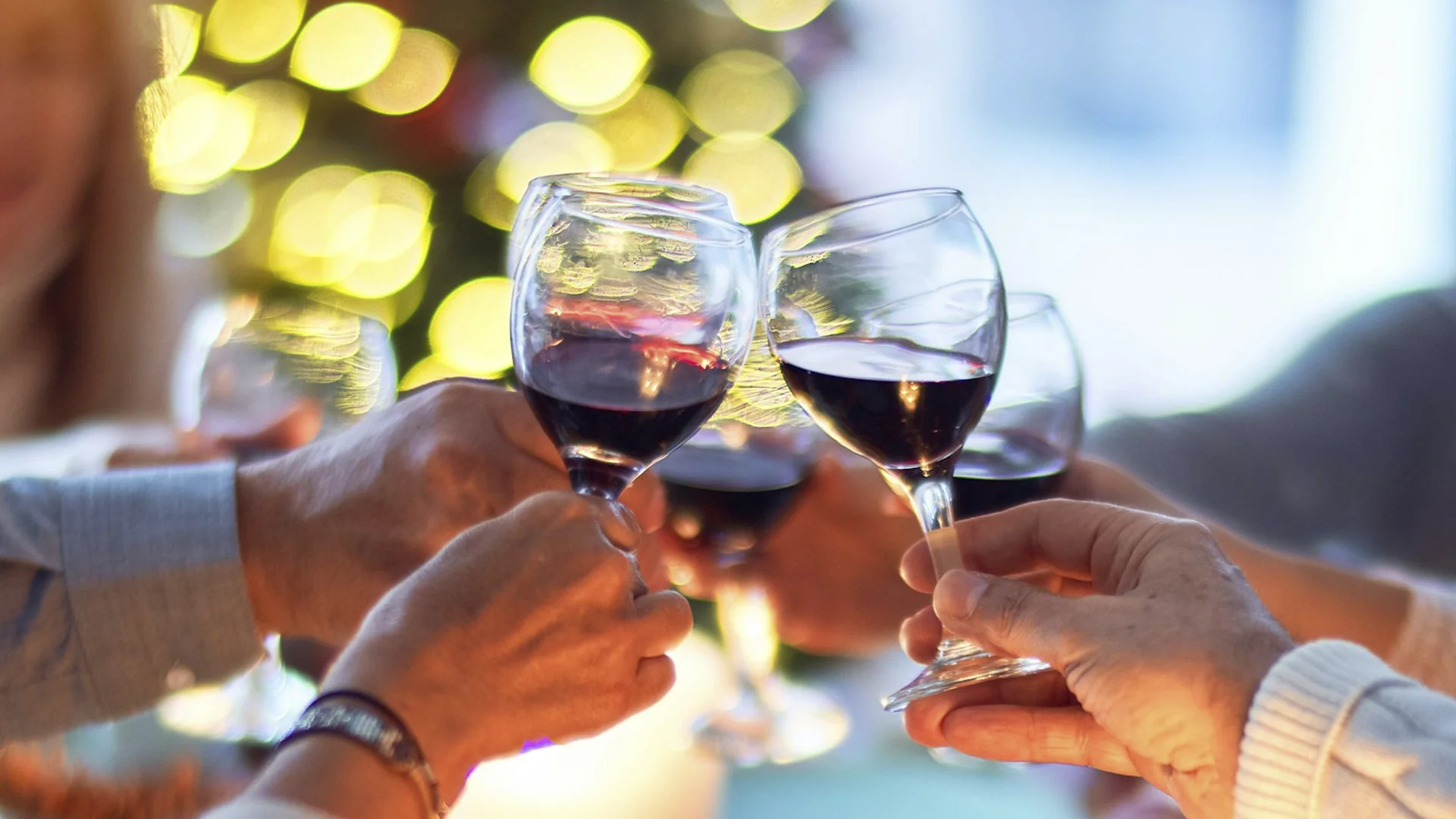
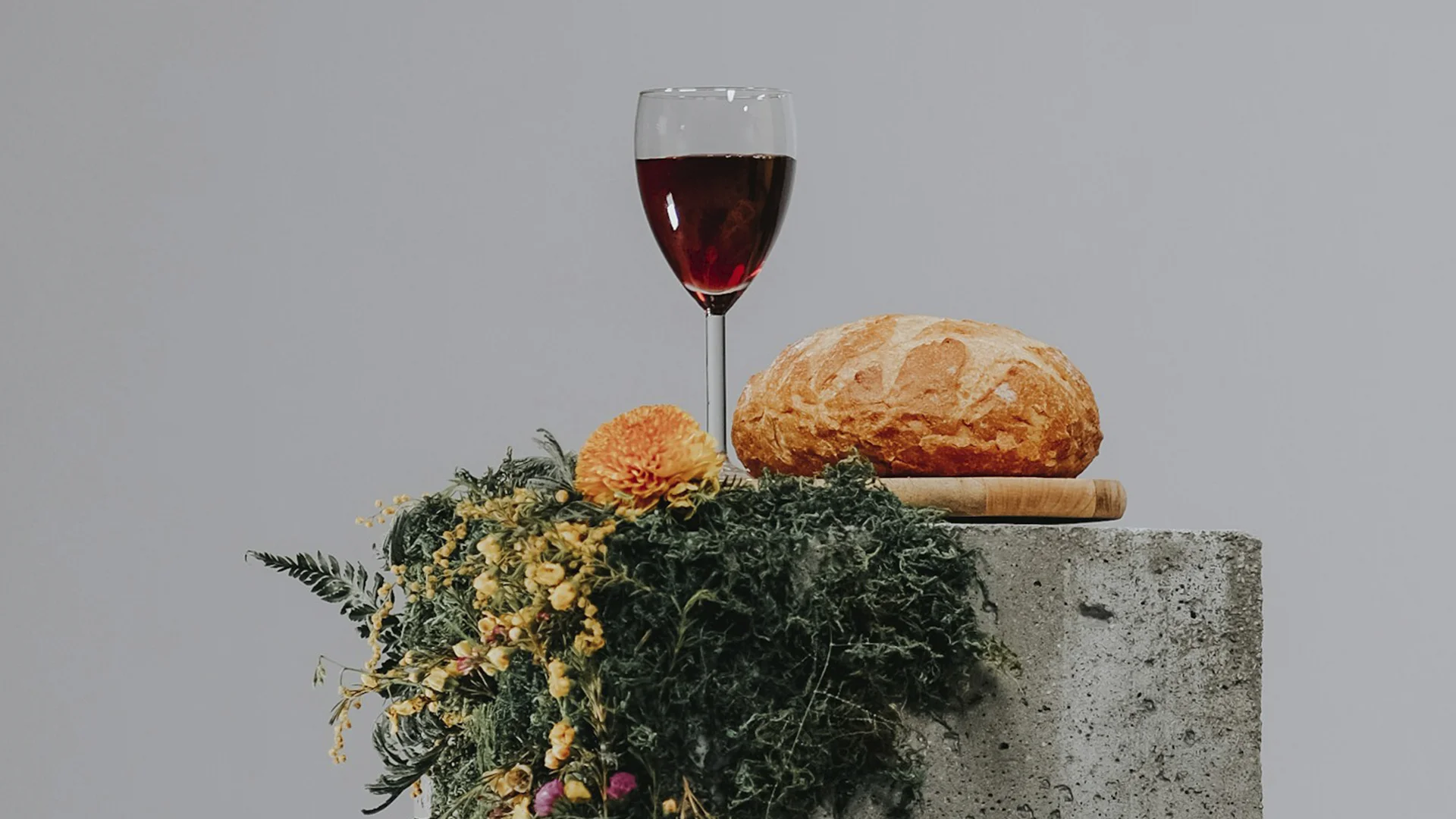


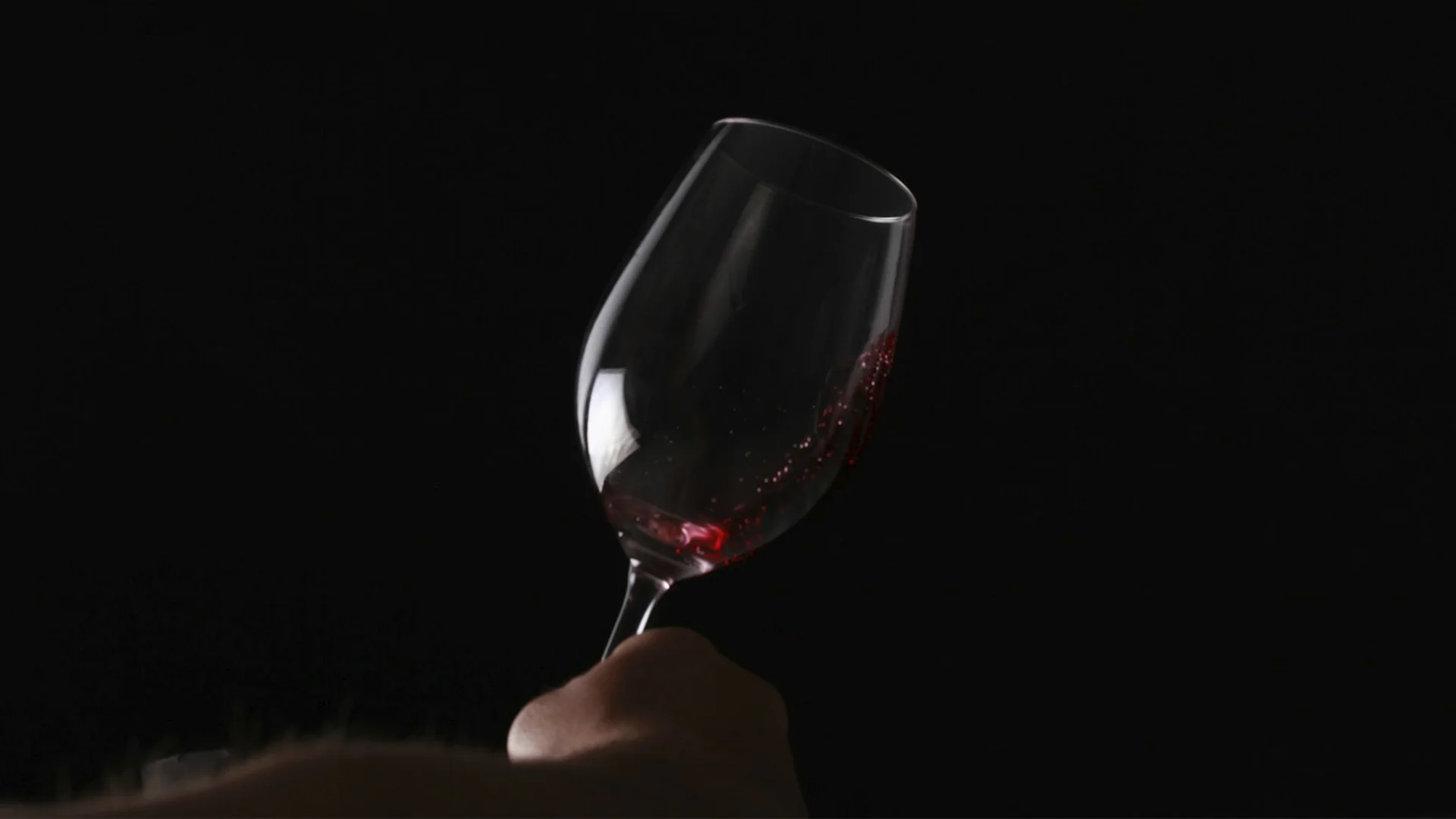
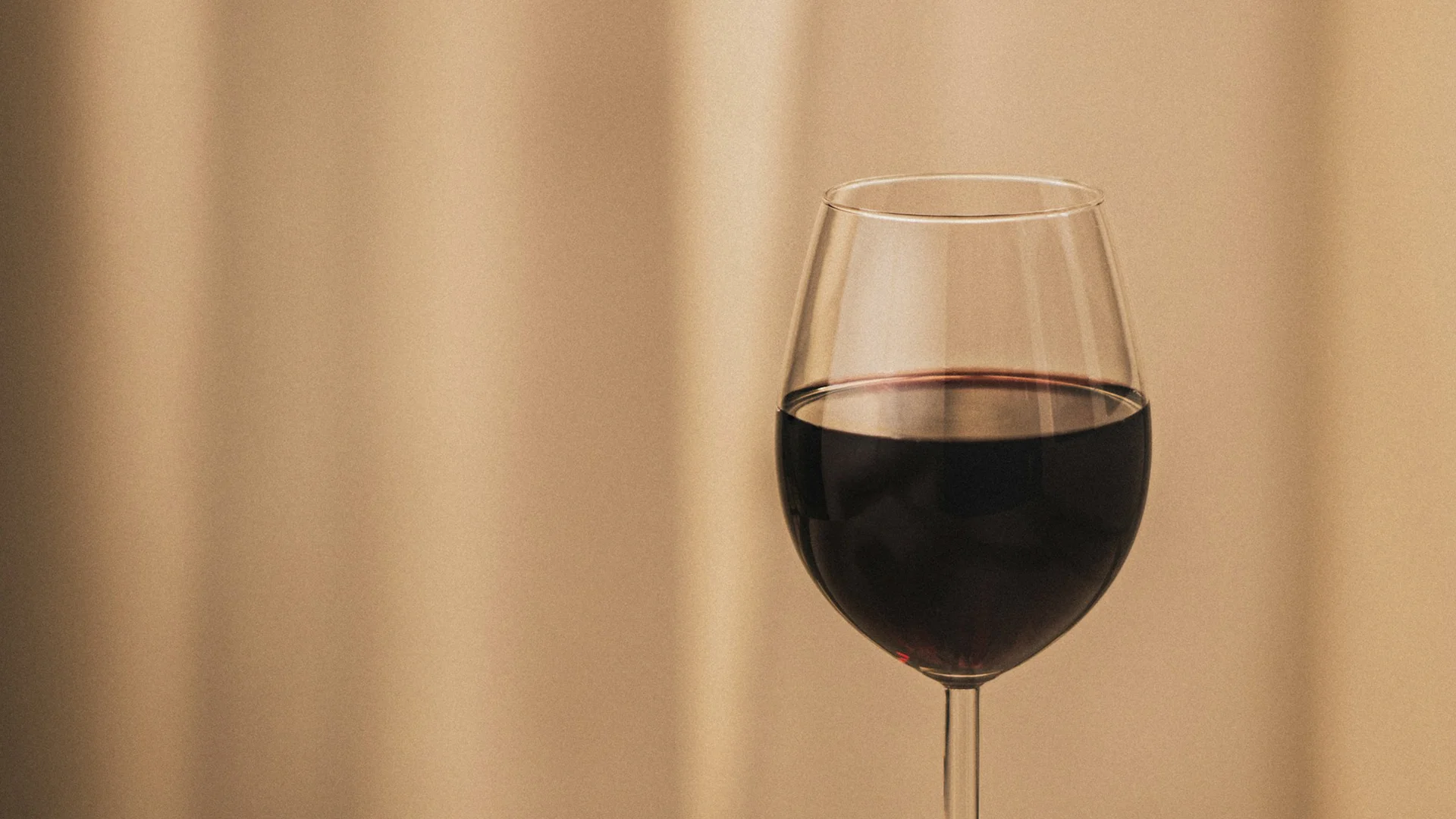
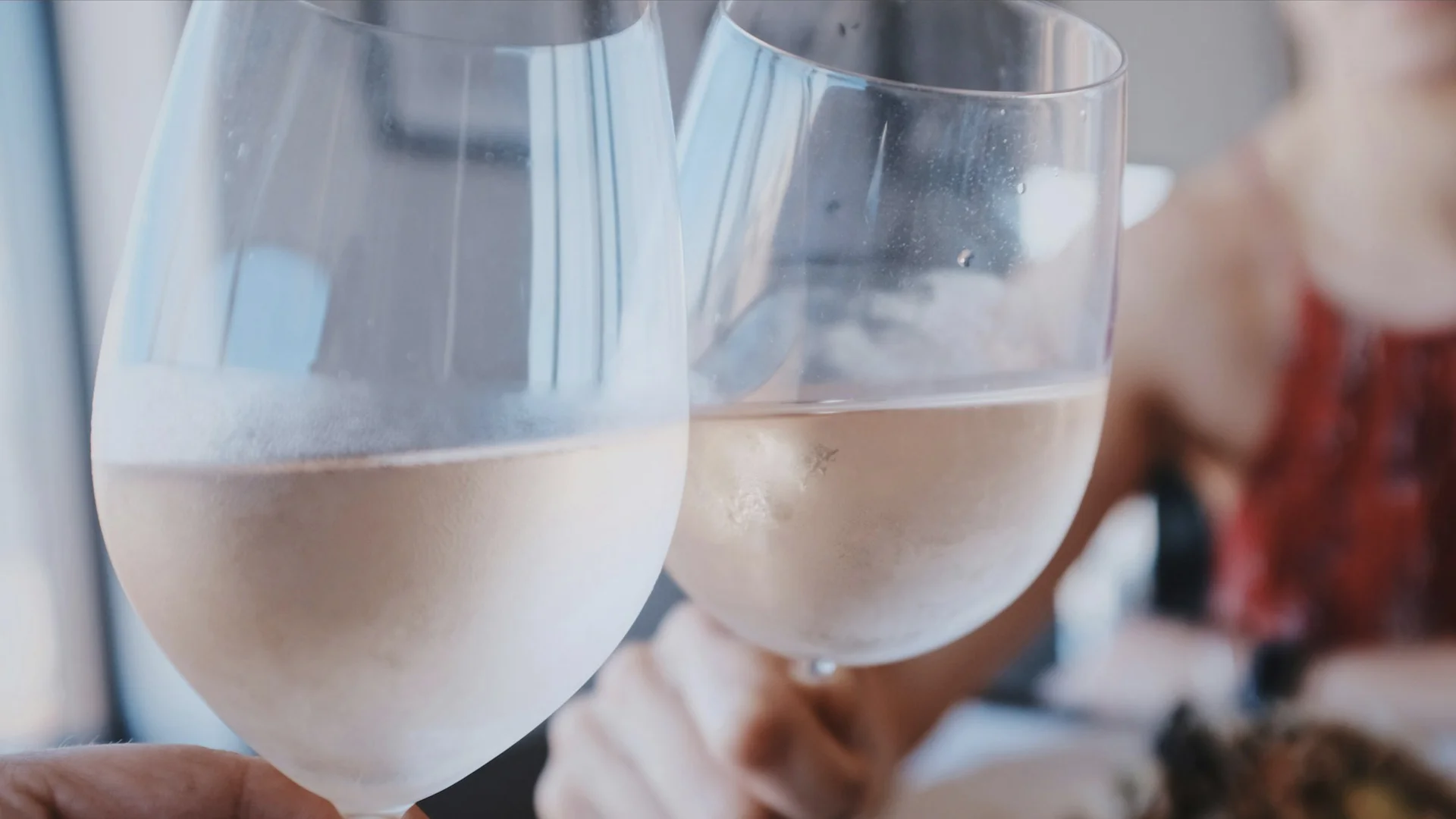

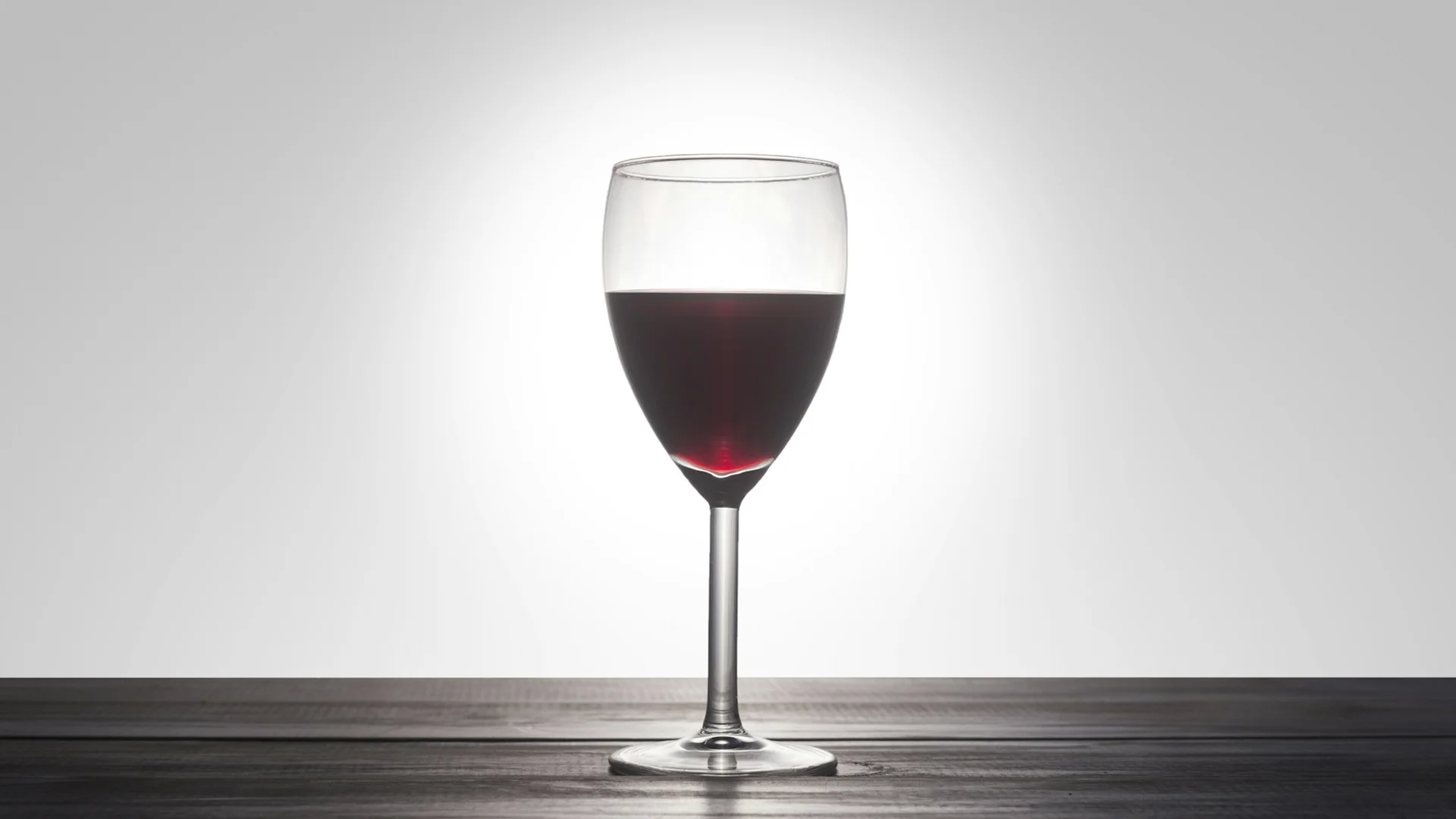
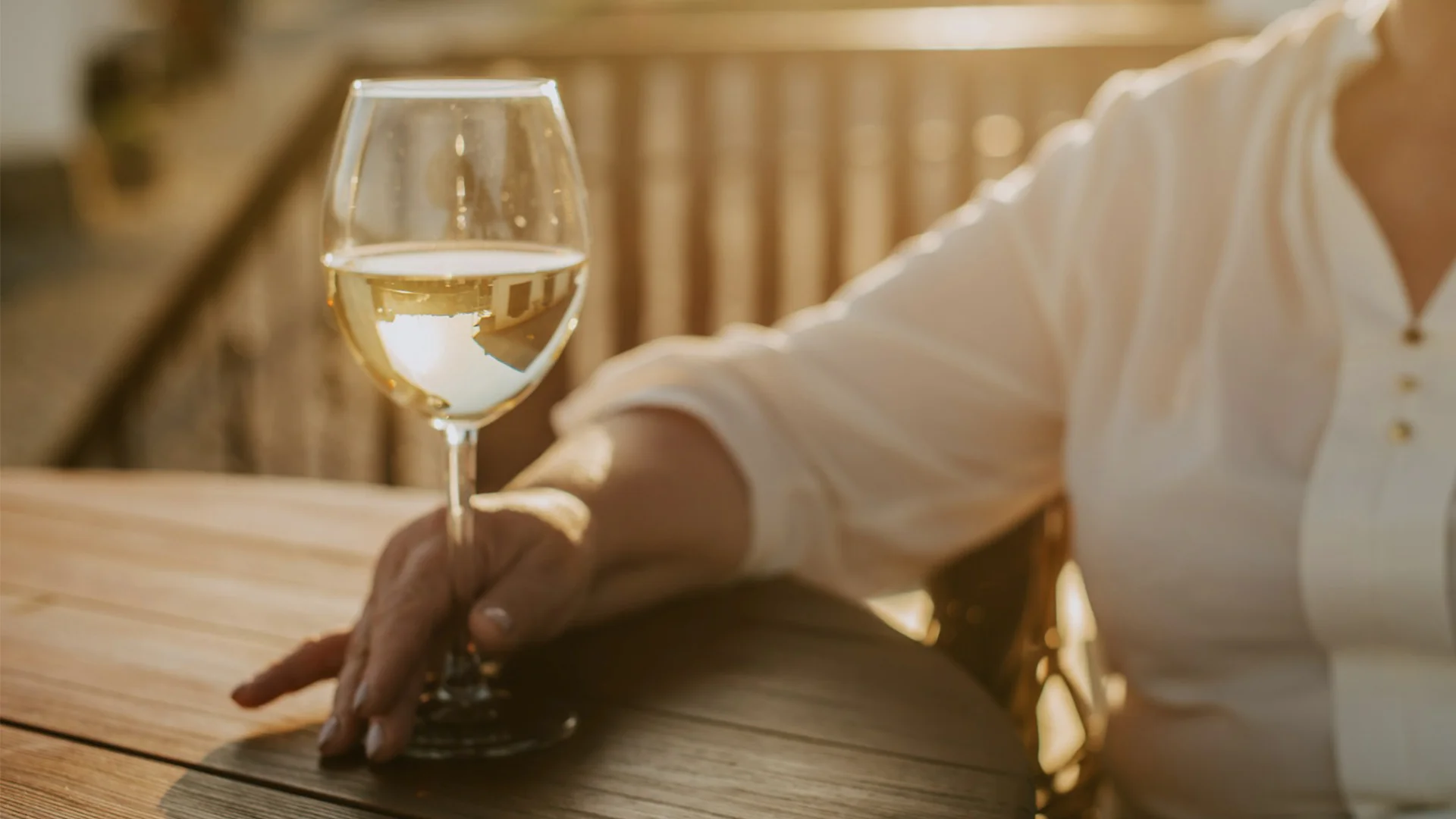
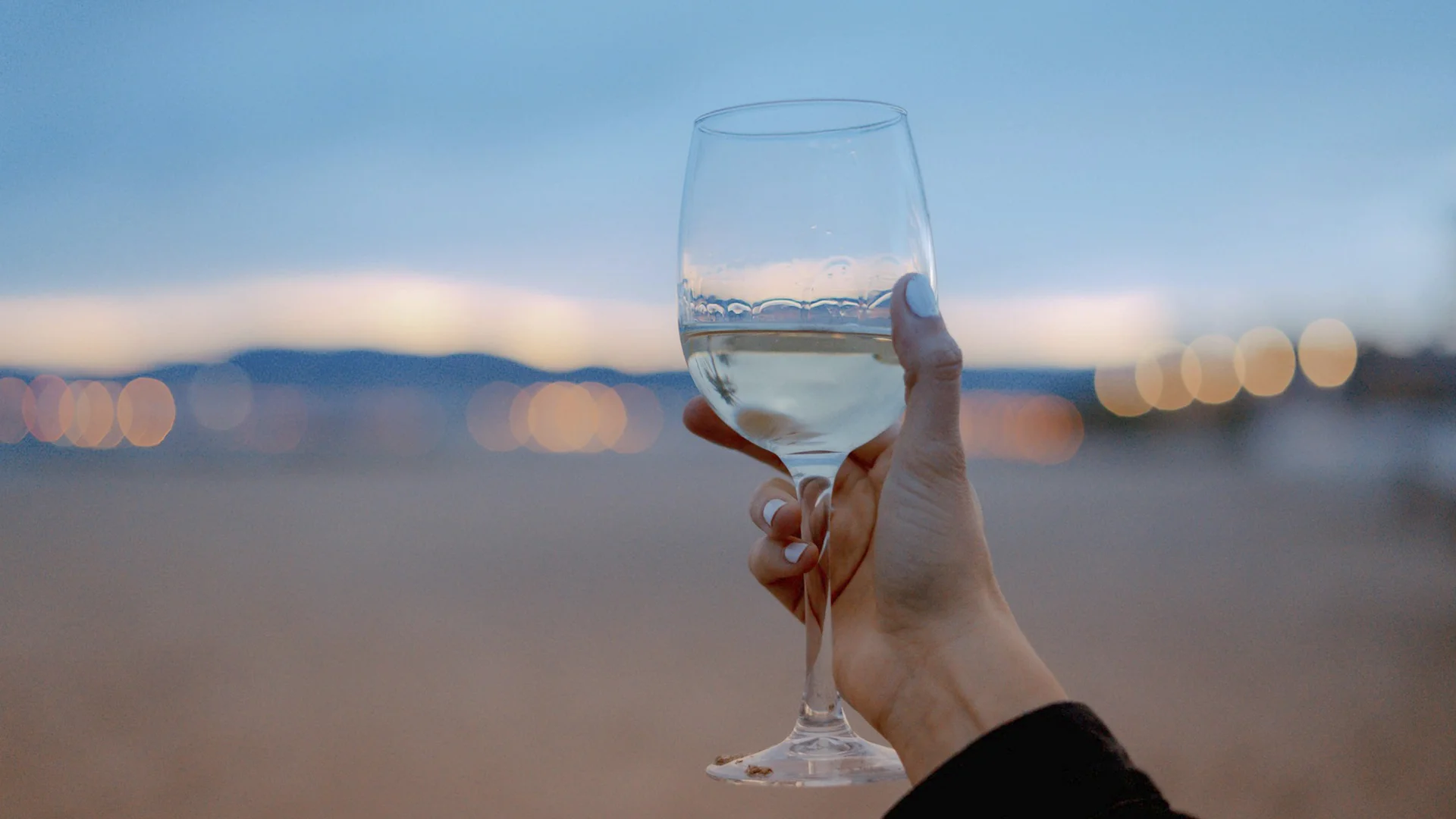
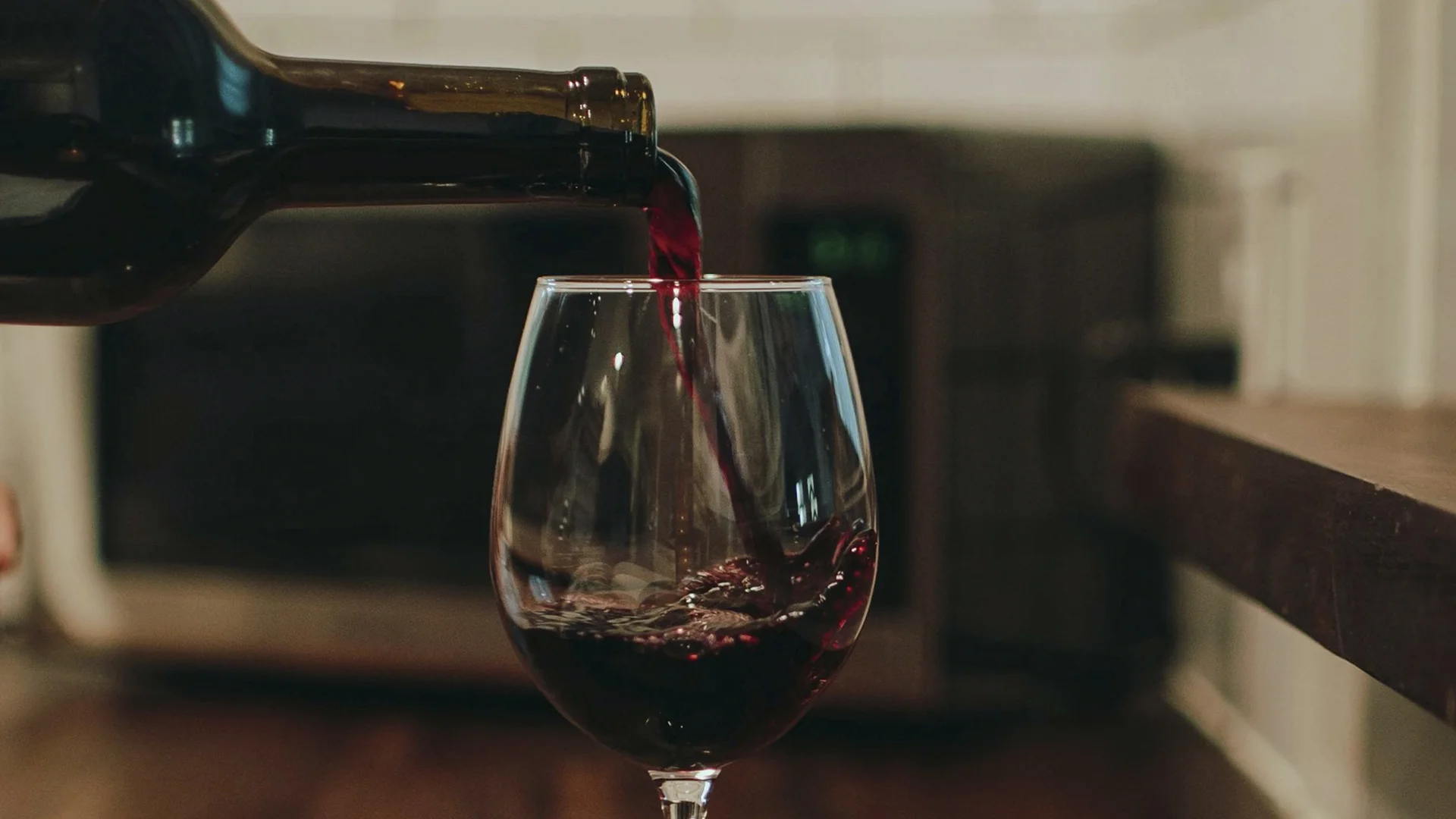
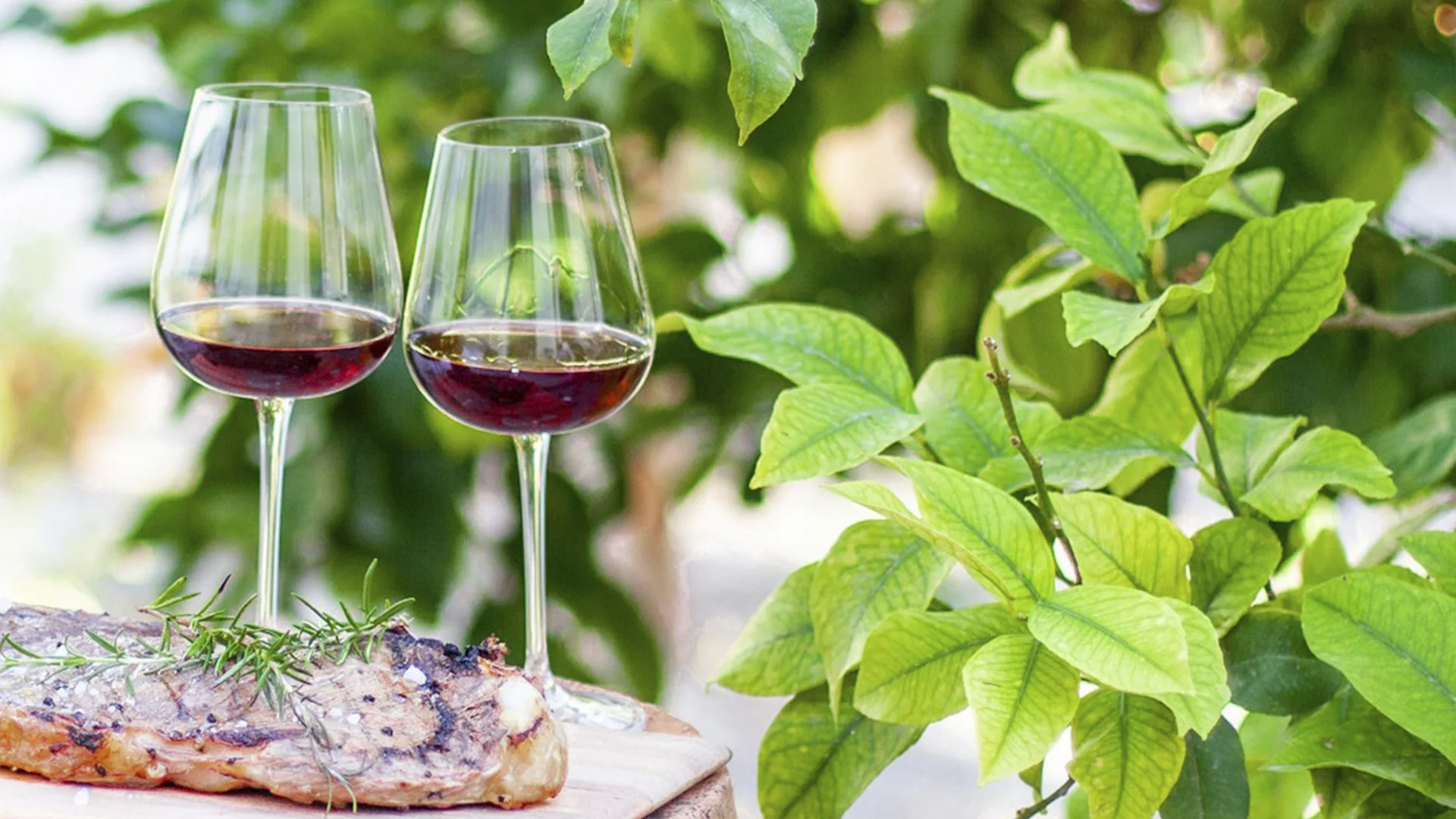
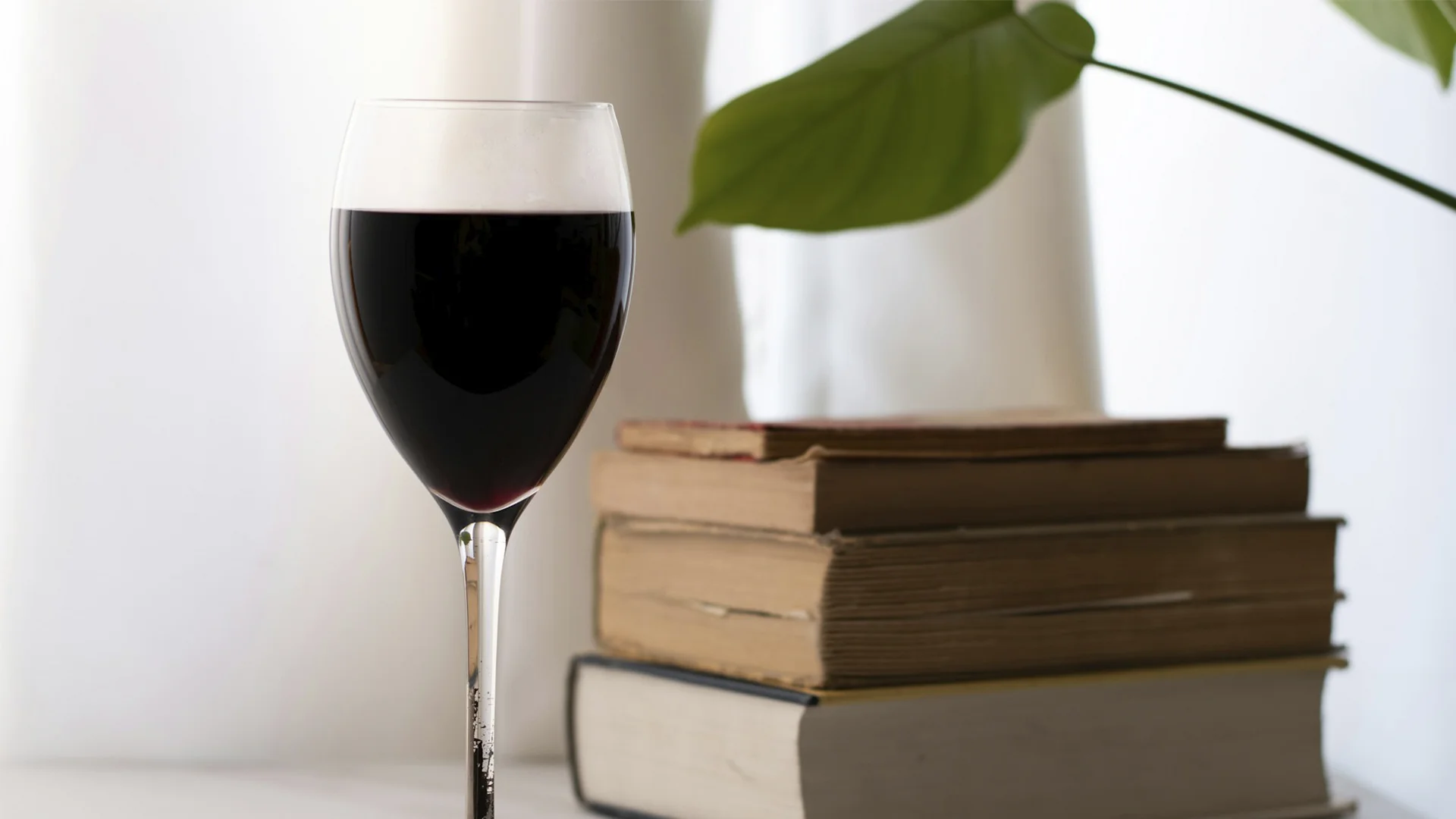
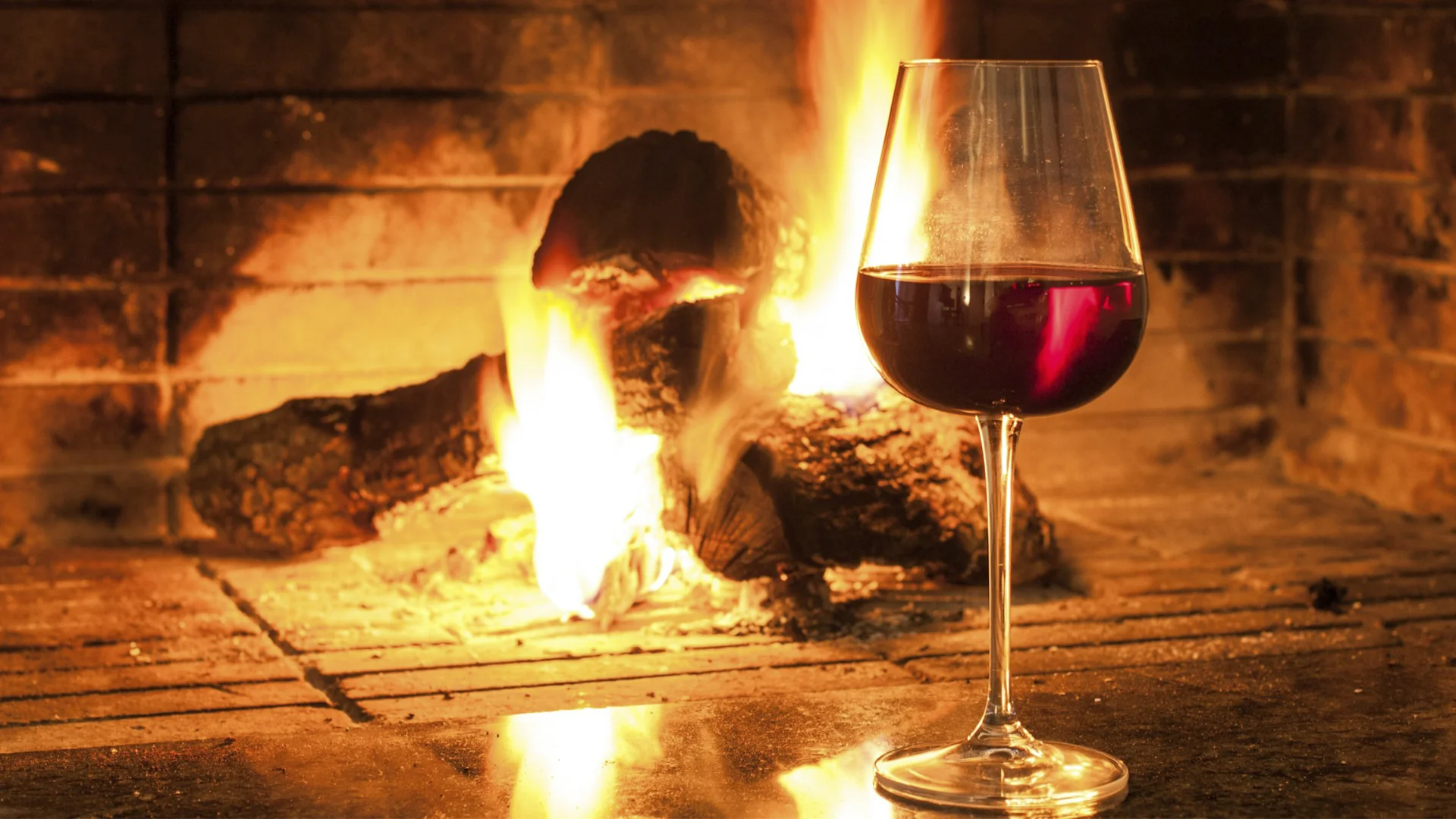
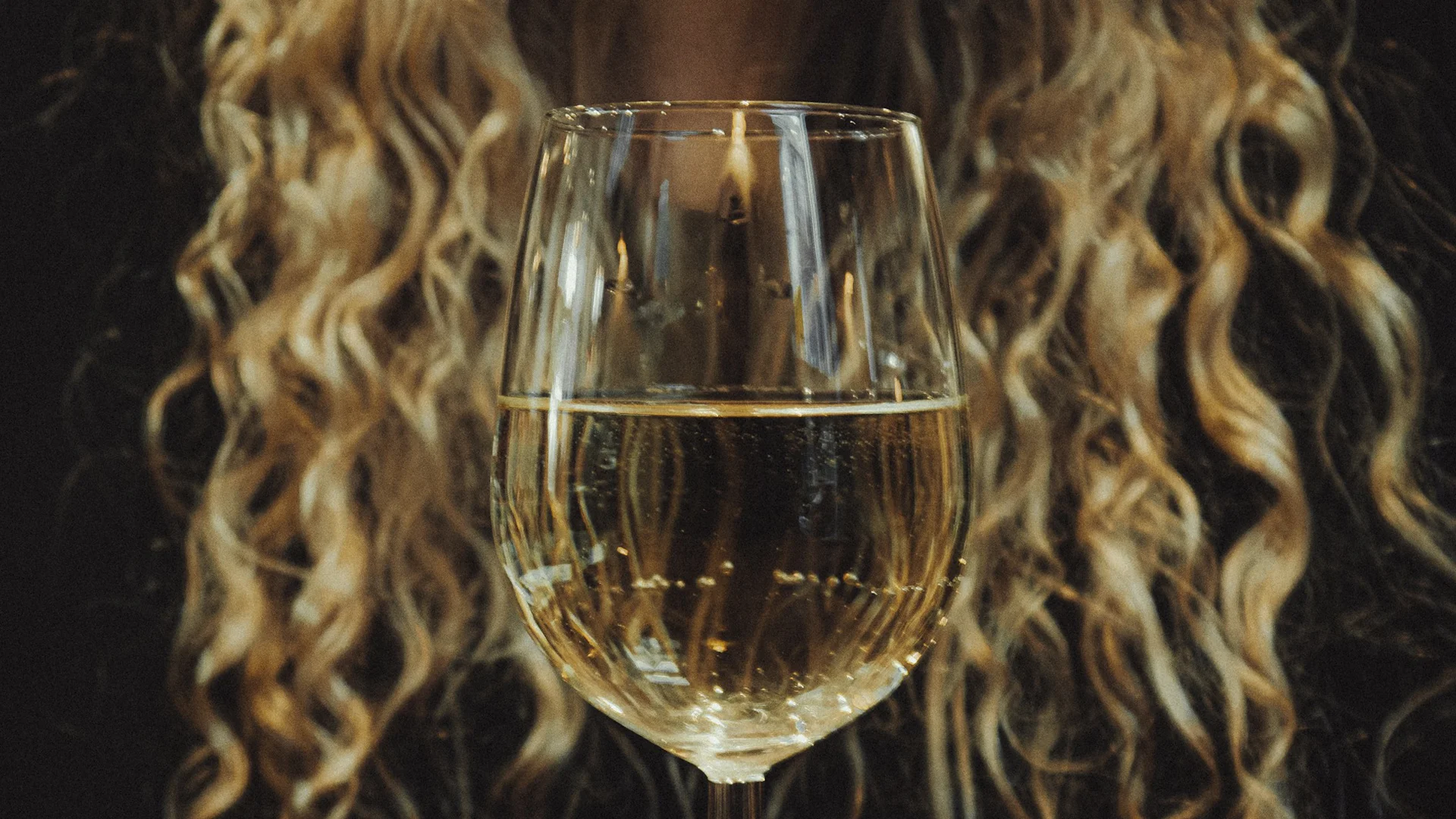
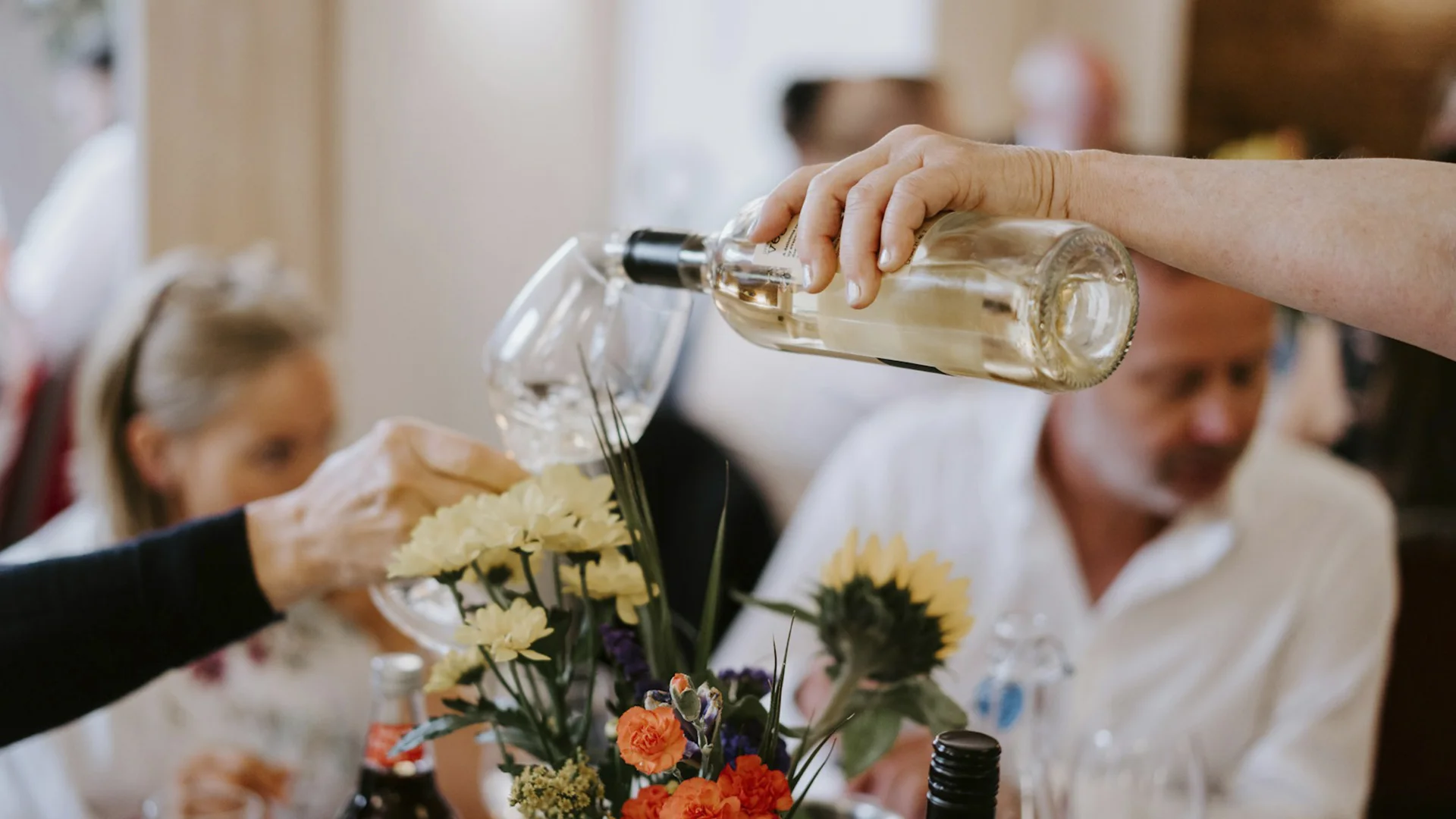
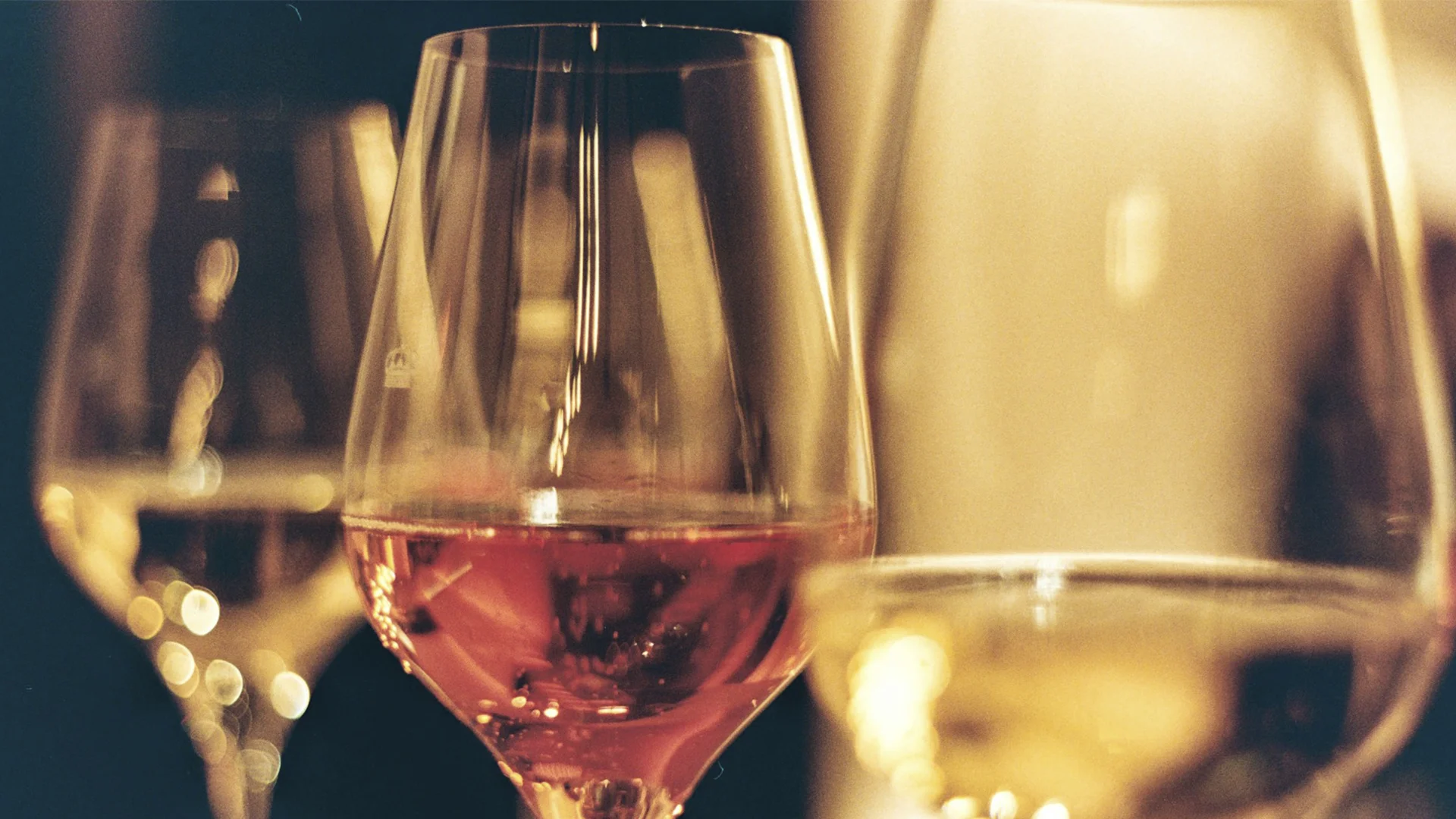
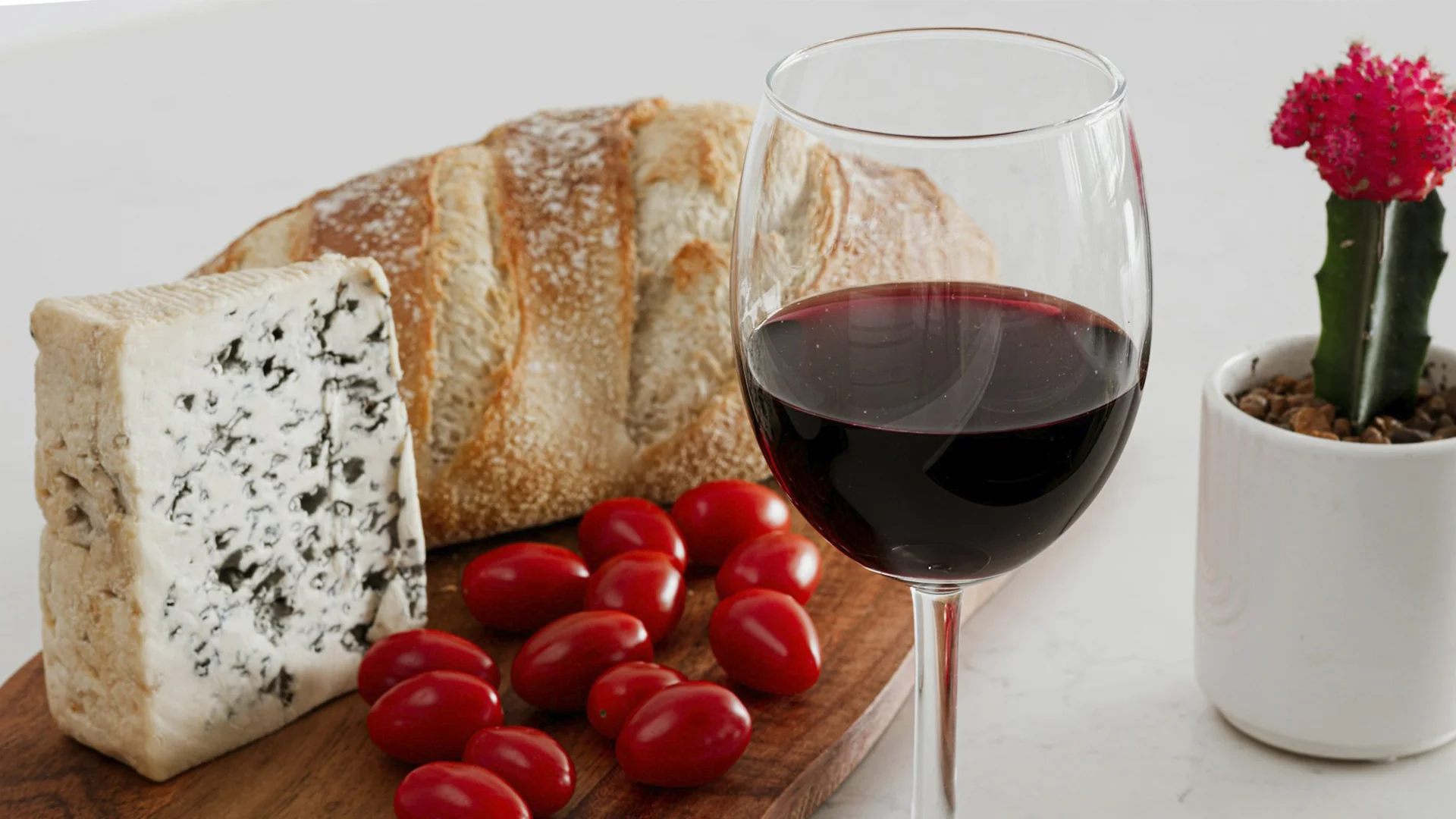
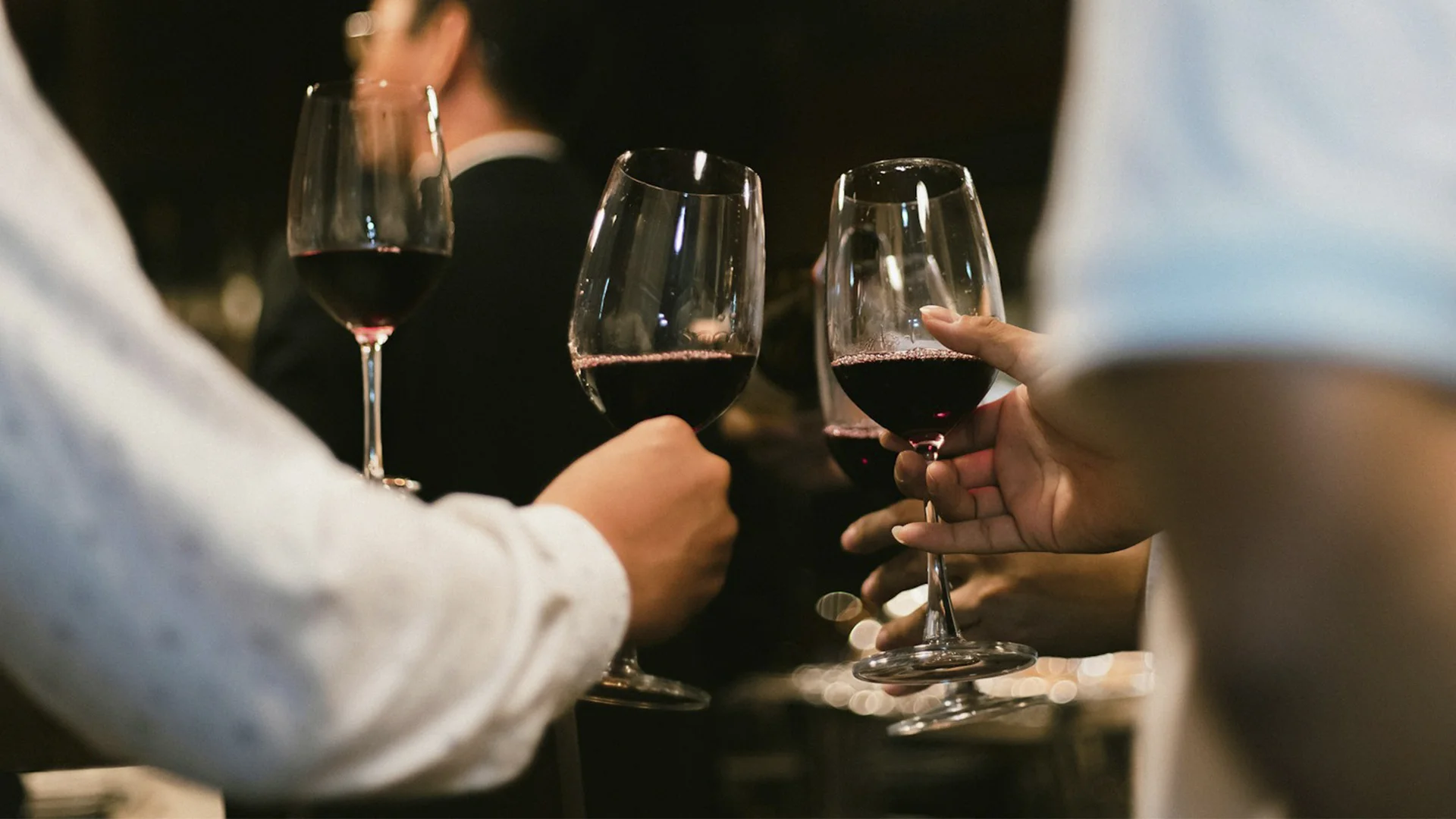

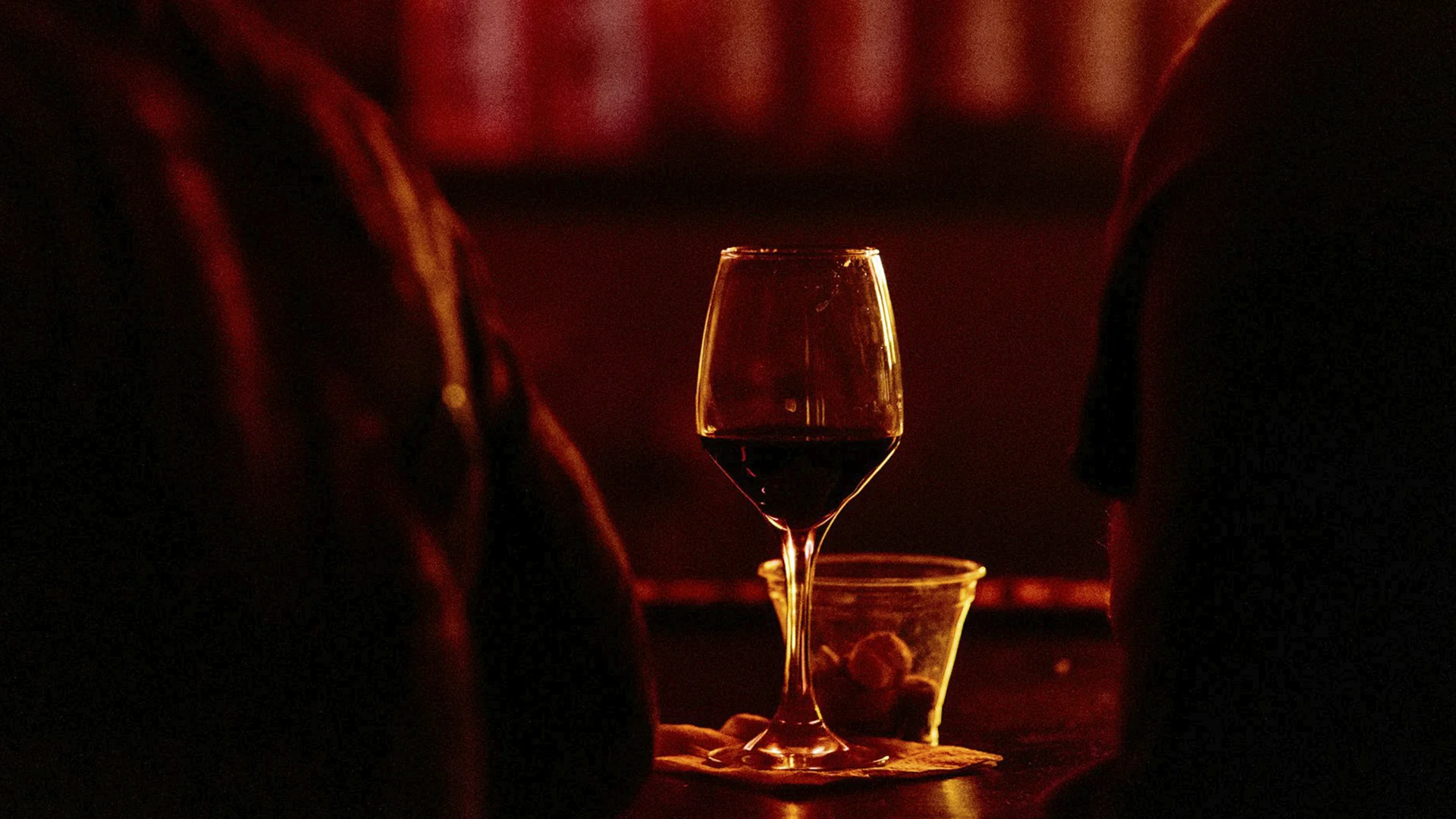
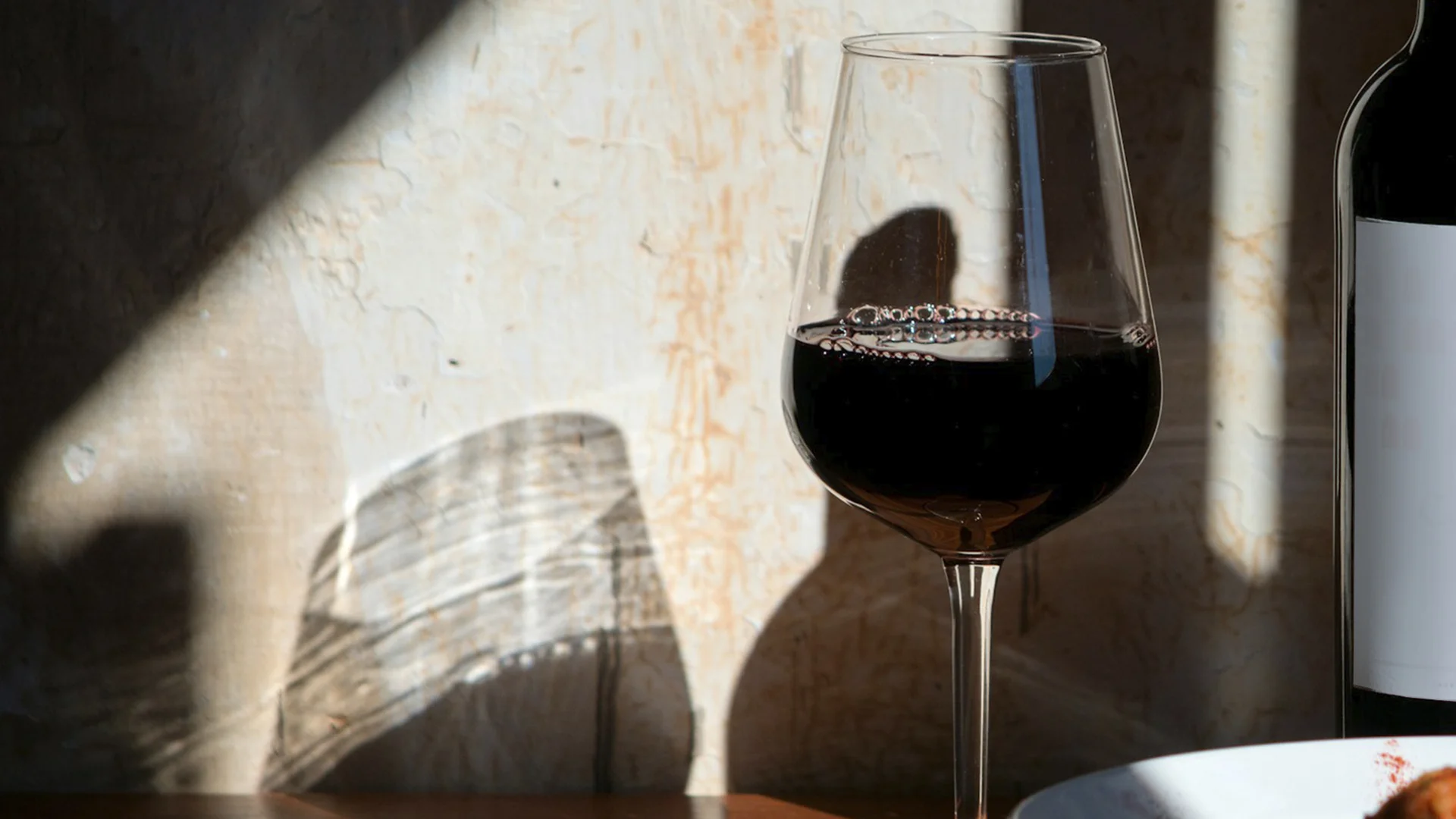
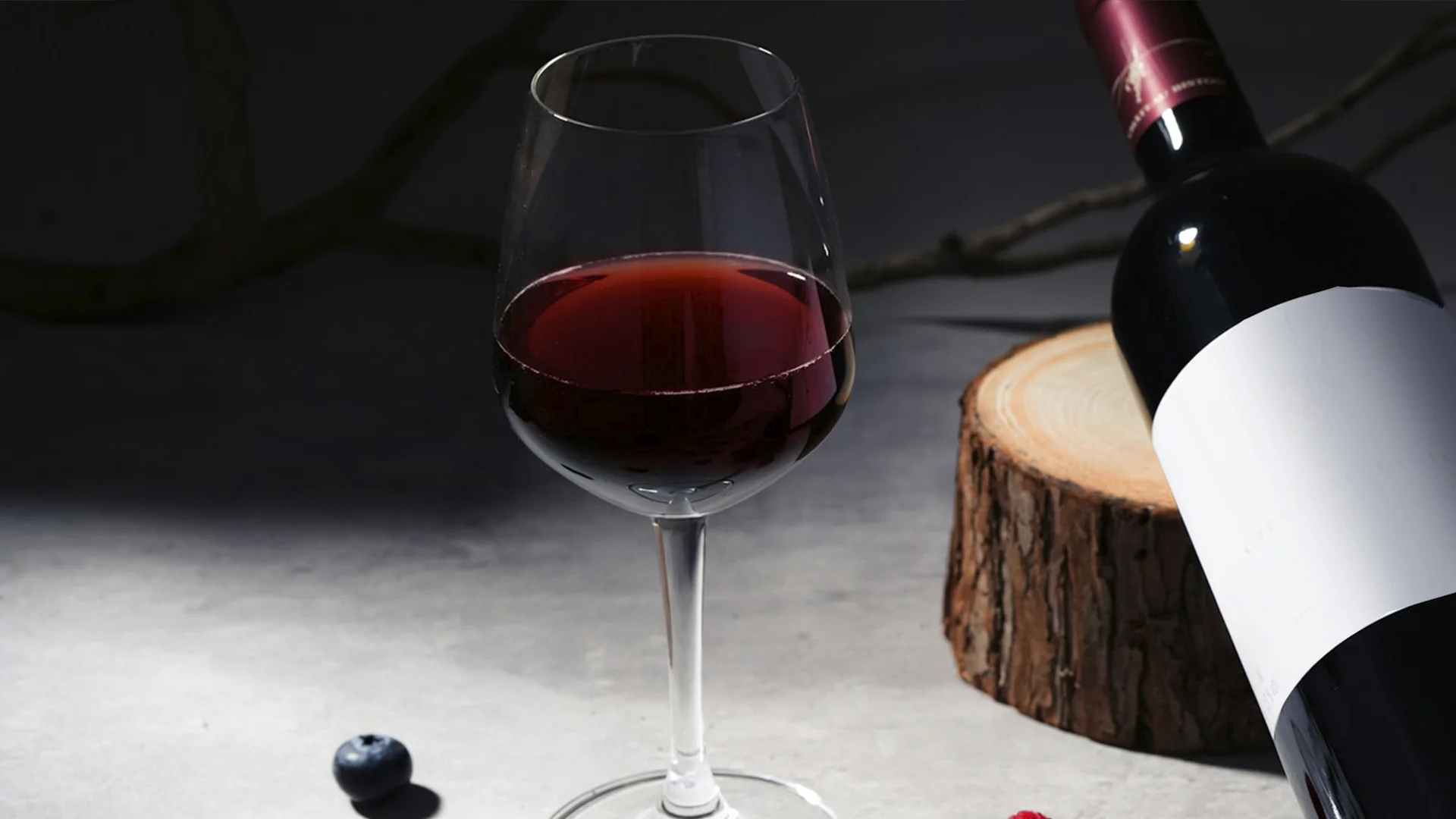
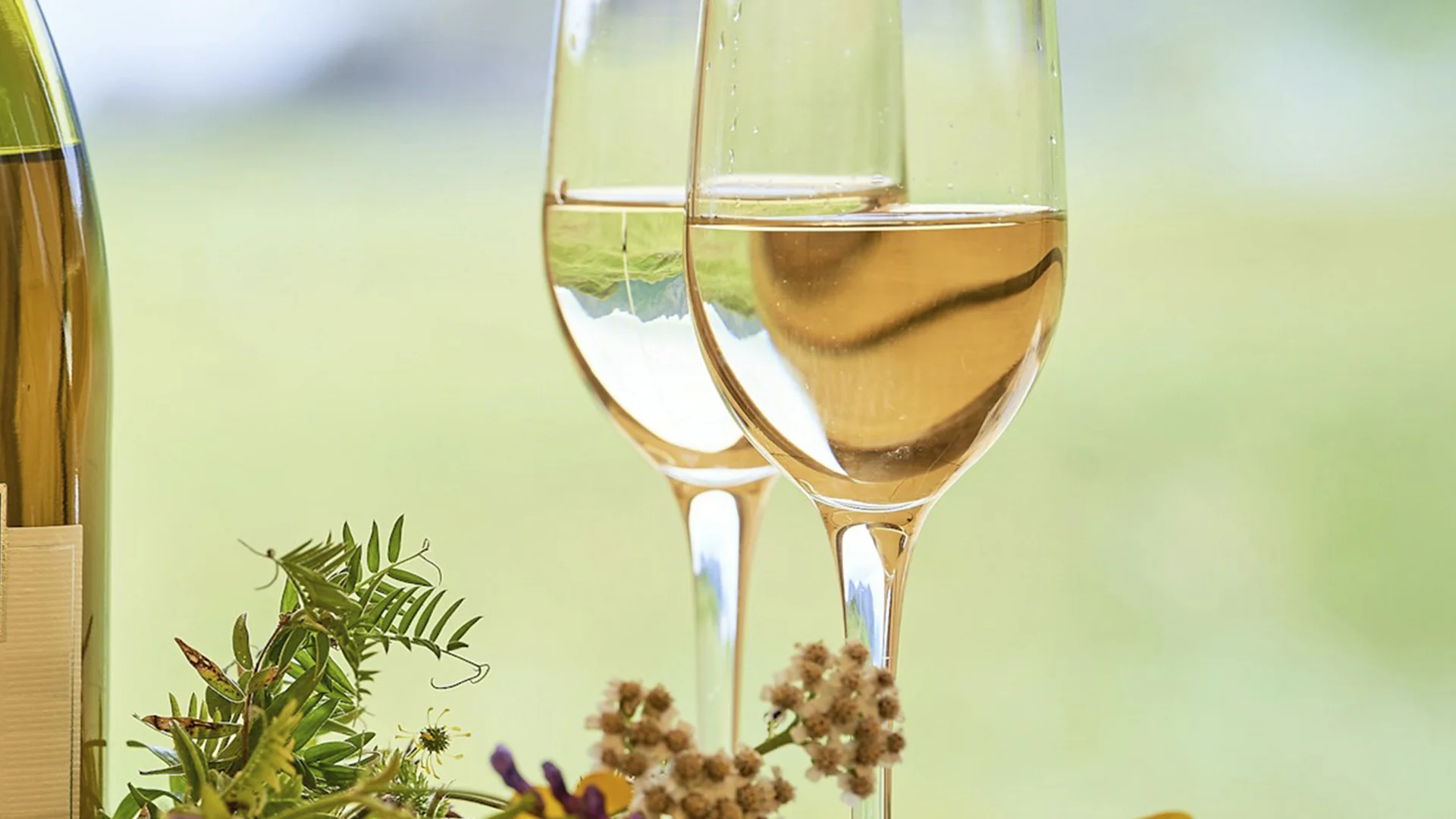
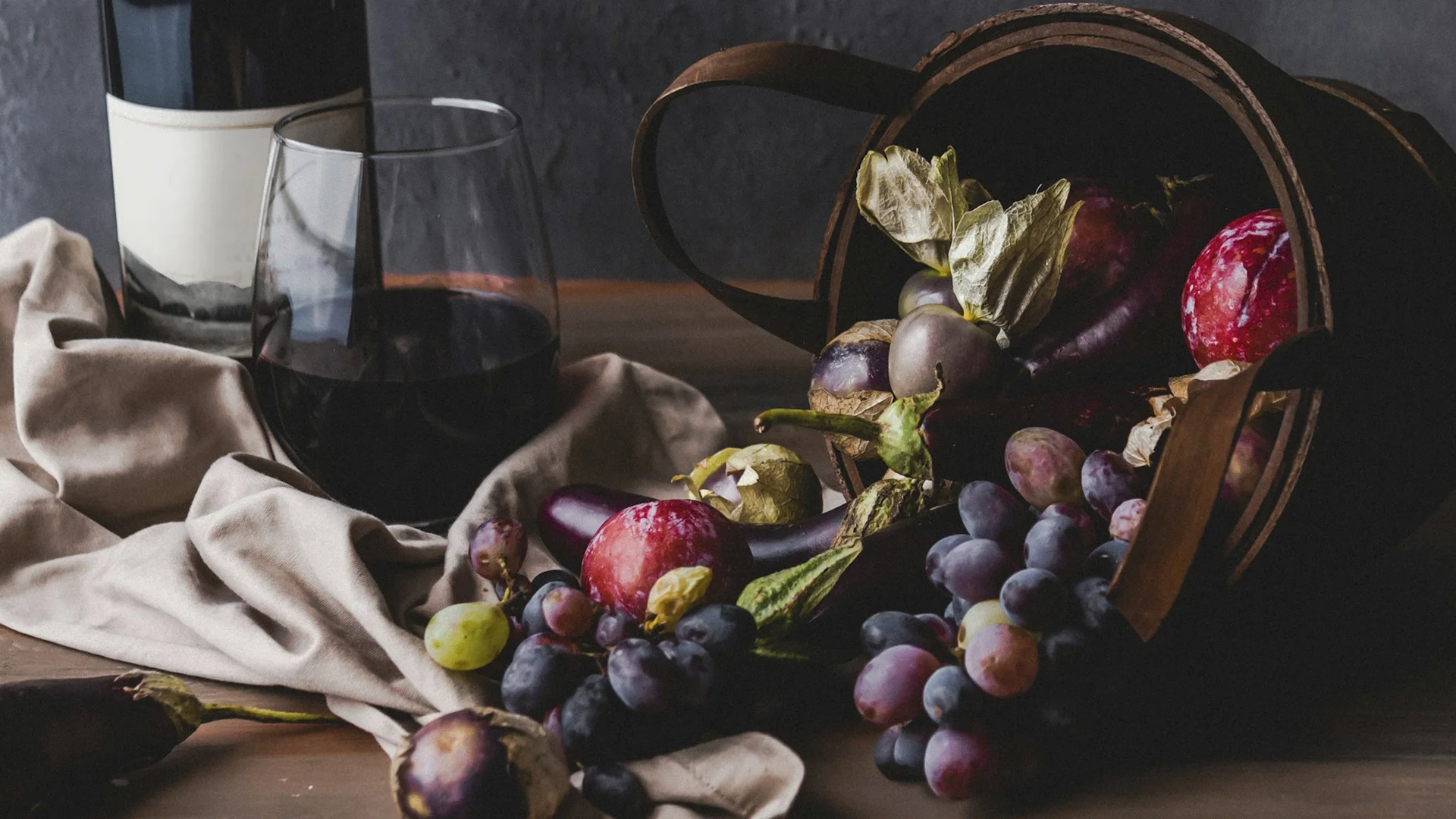
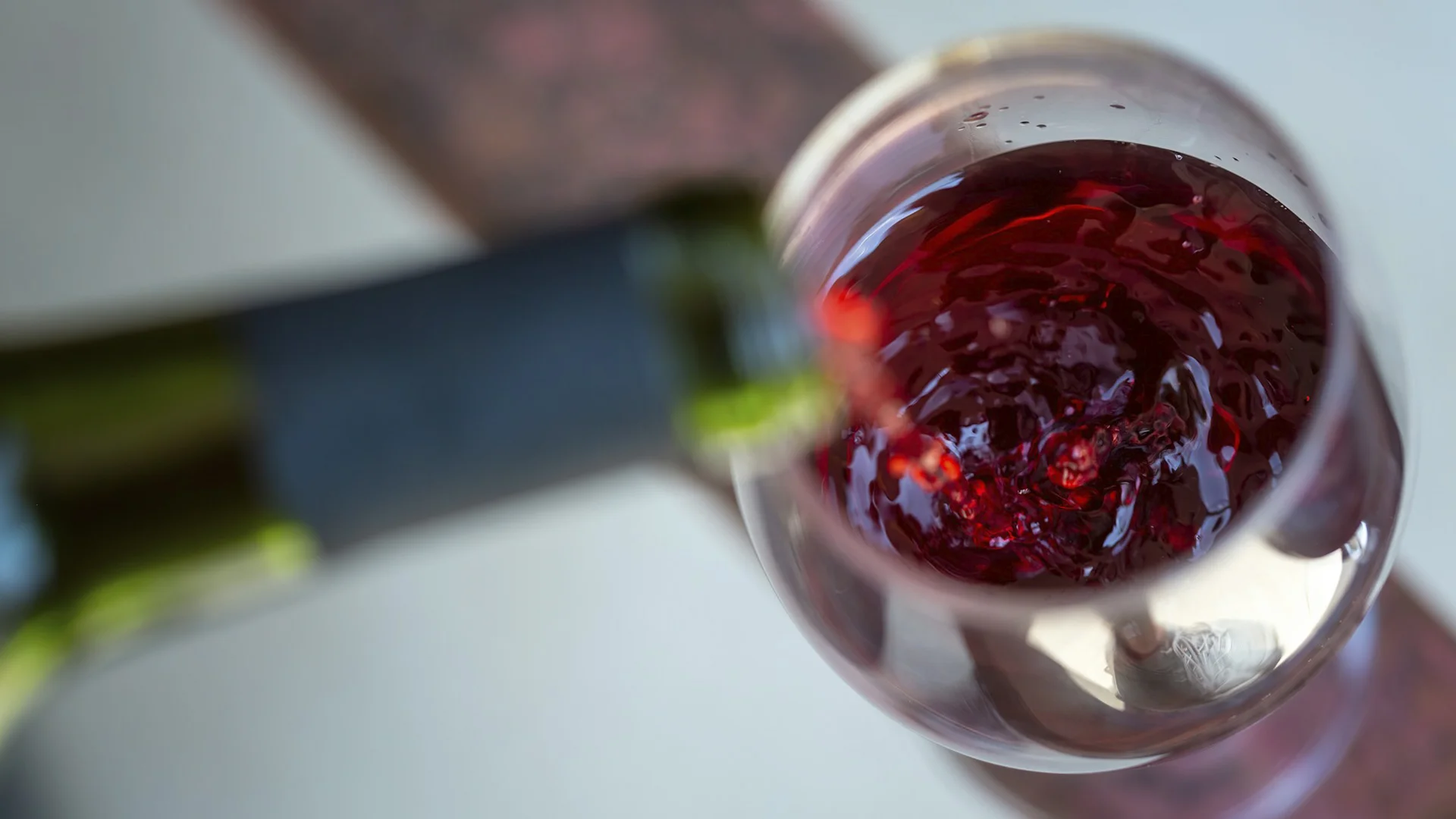
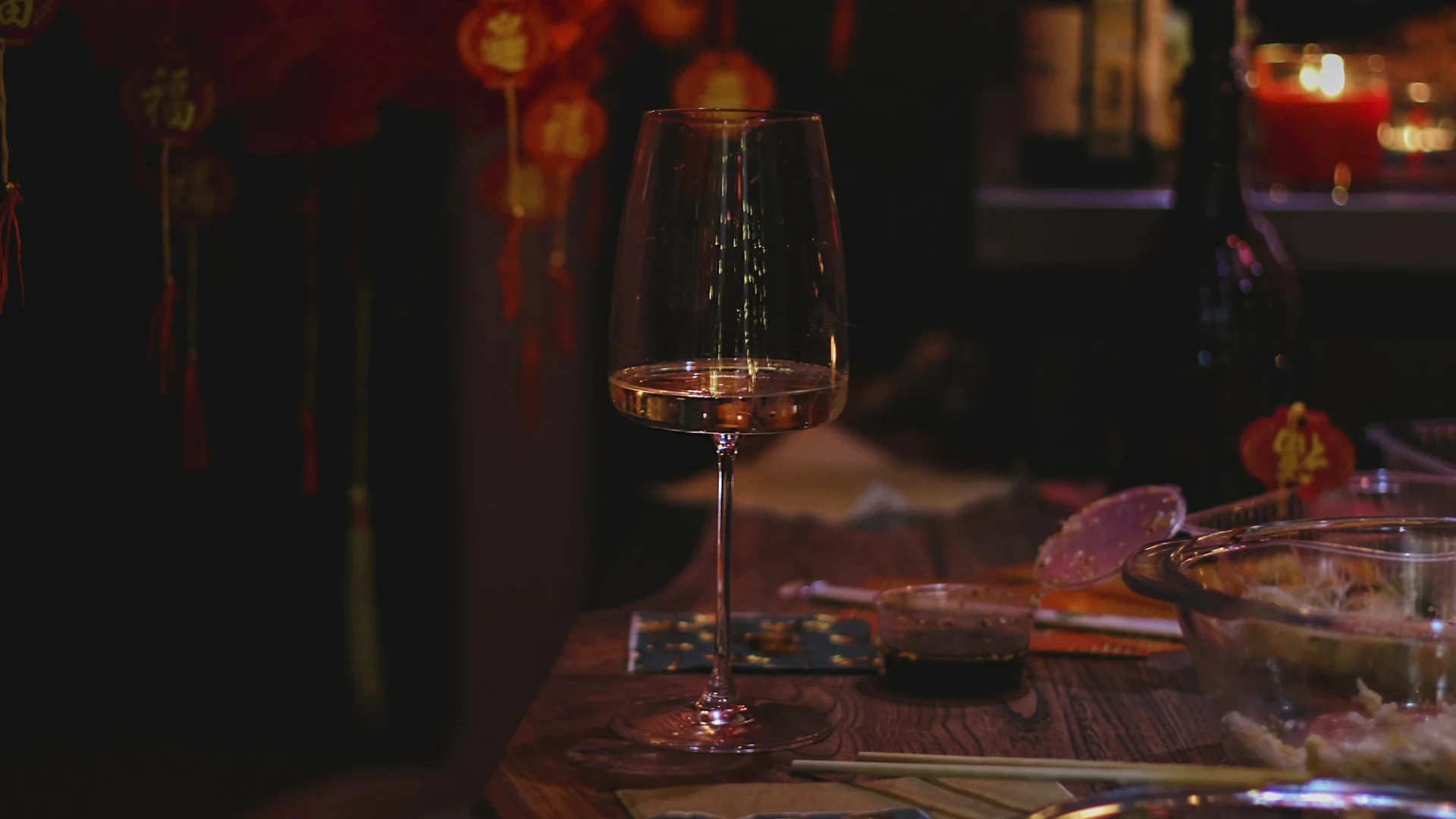
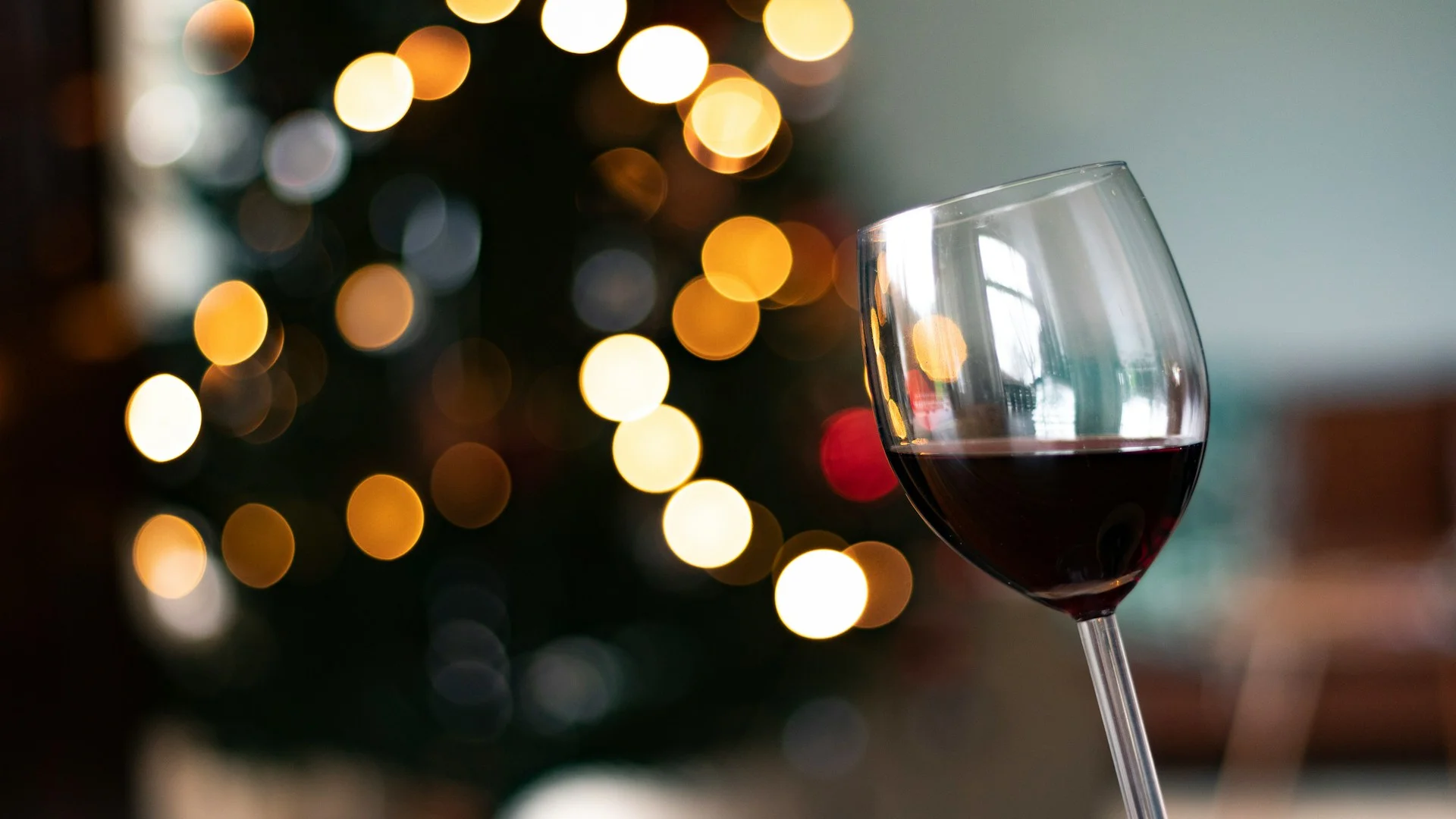
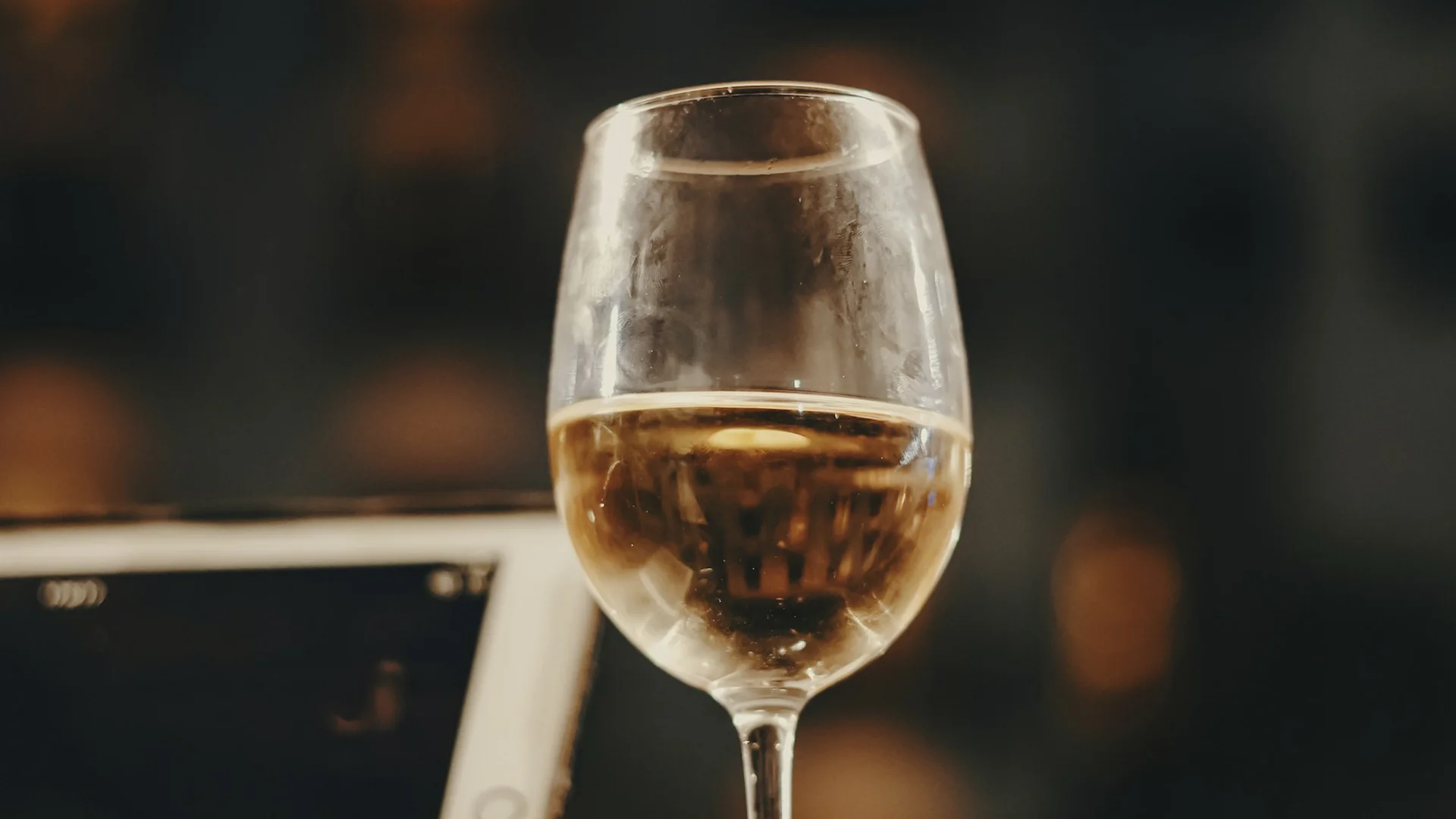




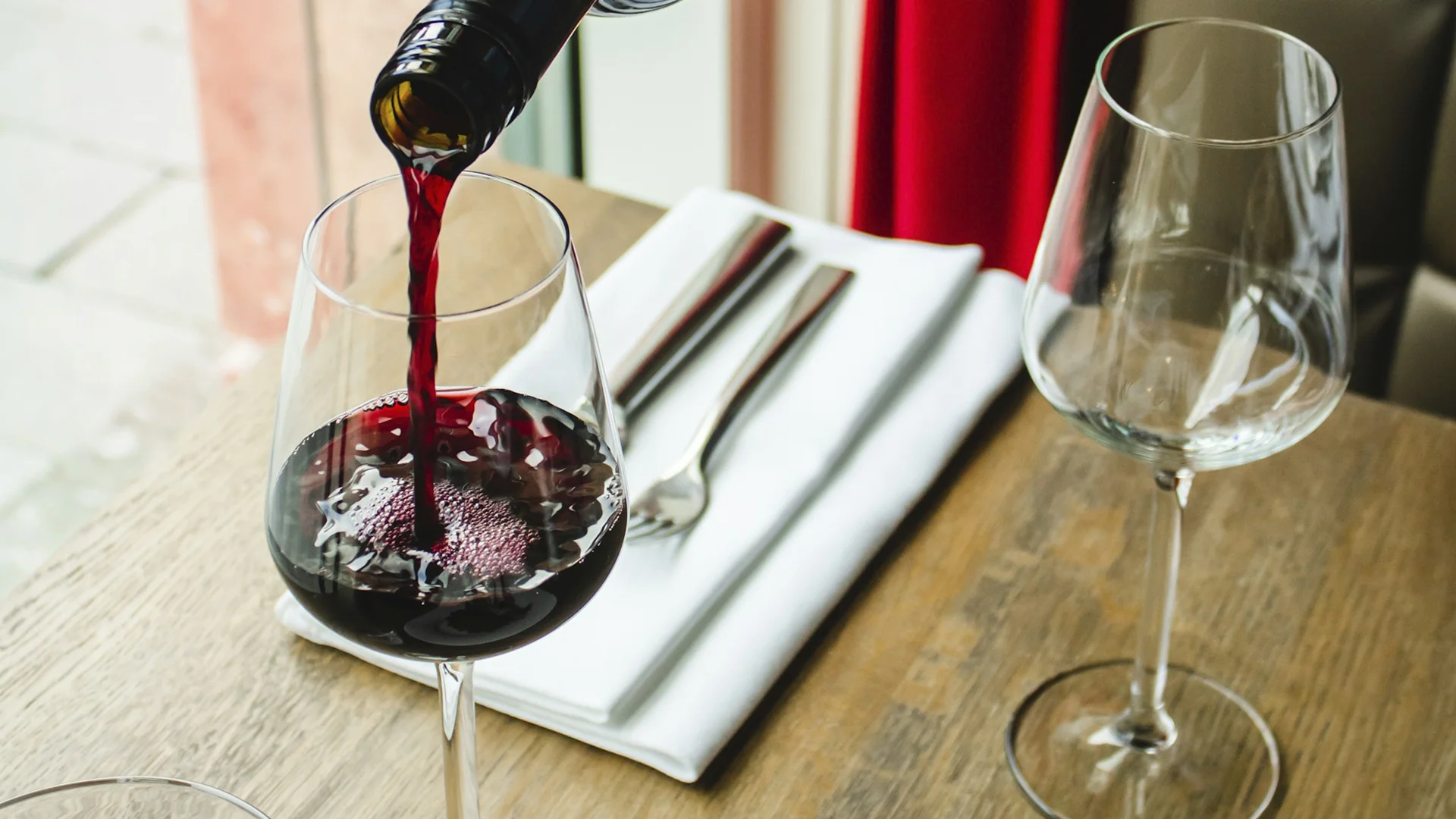












.webp)

.webp)
.webp)
.webp)



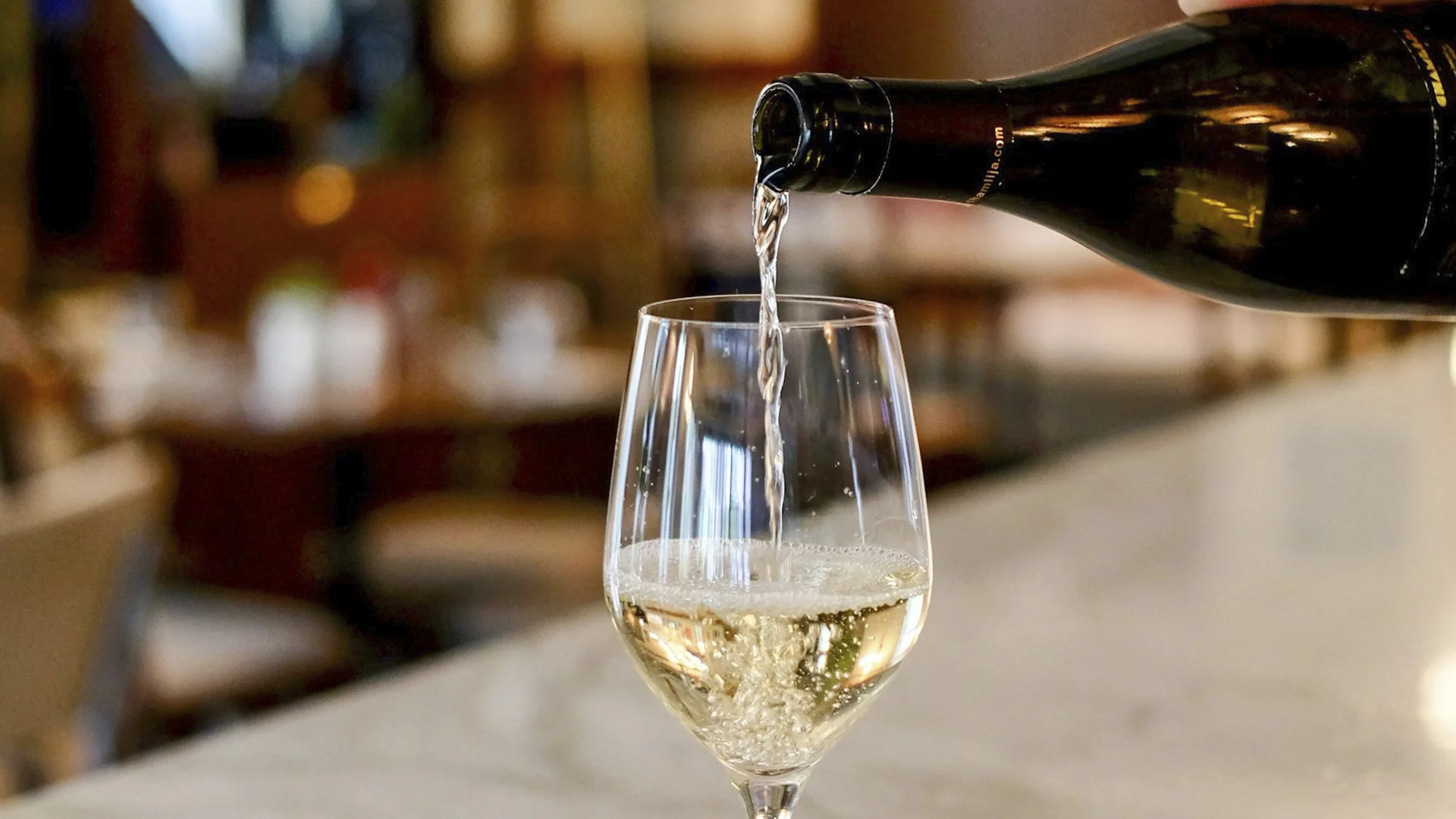


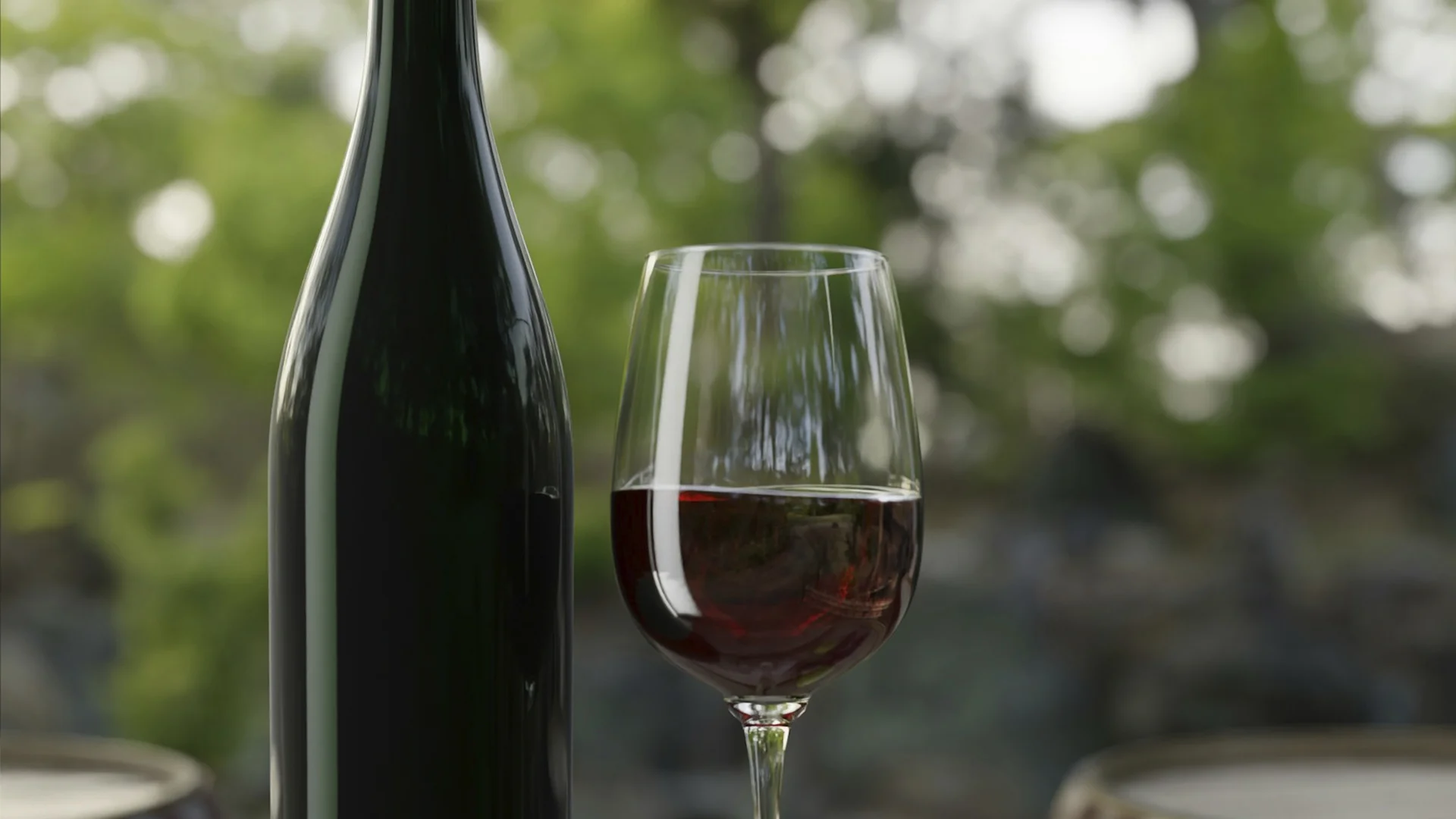



















.webp)













Are you interested in
collaborating with us?